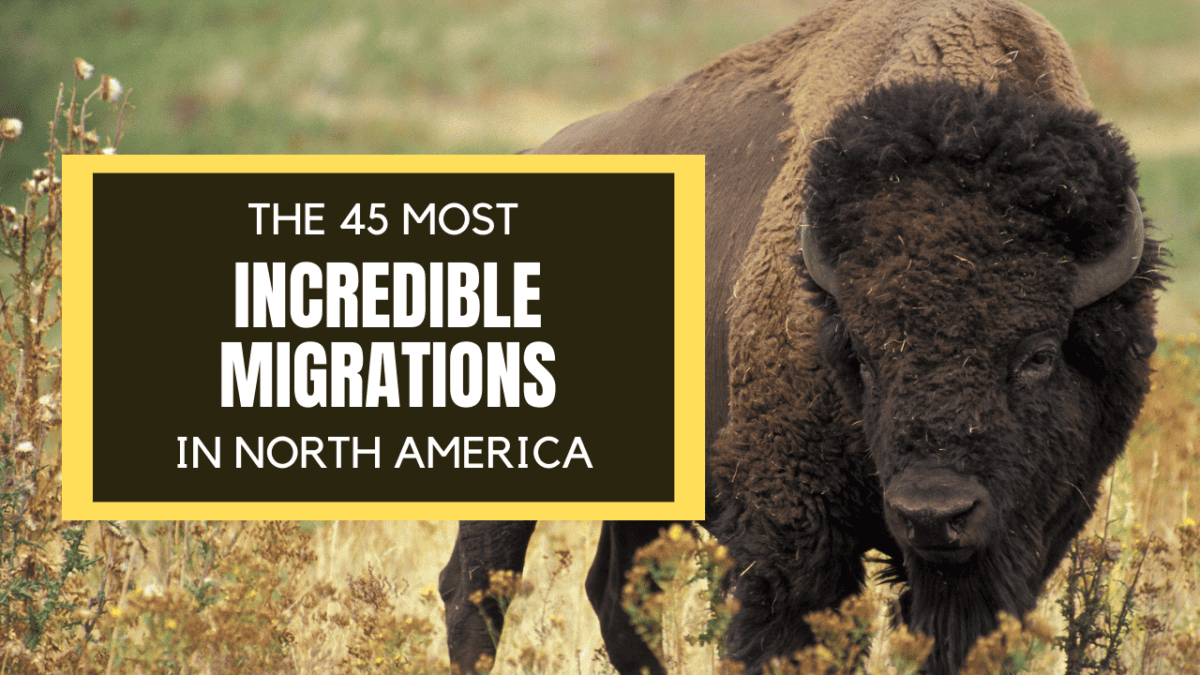Animals migrate mainly for survival reasons, including seeking food, finding suitable breeding sites, or escaping harsh weather conditions. In today’s exploration, we will delve into the lives of 45 incredible animals that migrate in North America.
Migration patterns are often instinctual, guided by environmental cues and the need to find optimal reproductive grounds with available resources. These species display diverse strategies to navigate such vast distances for survival, breeding and feeding.
Let’s explore 45 incredible migrations of North American wildlife.
#1 Monarch Butterfly – Migrates up to 3,000 miles
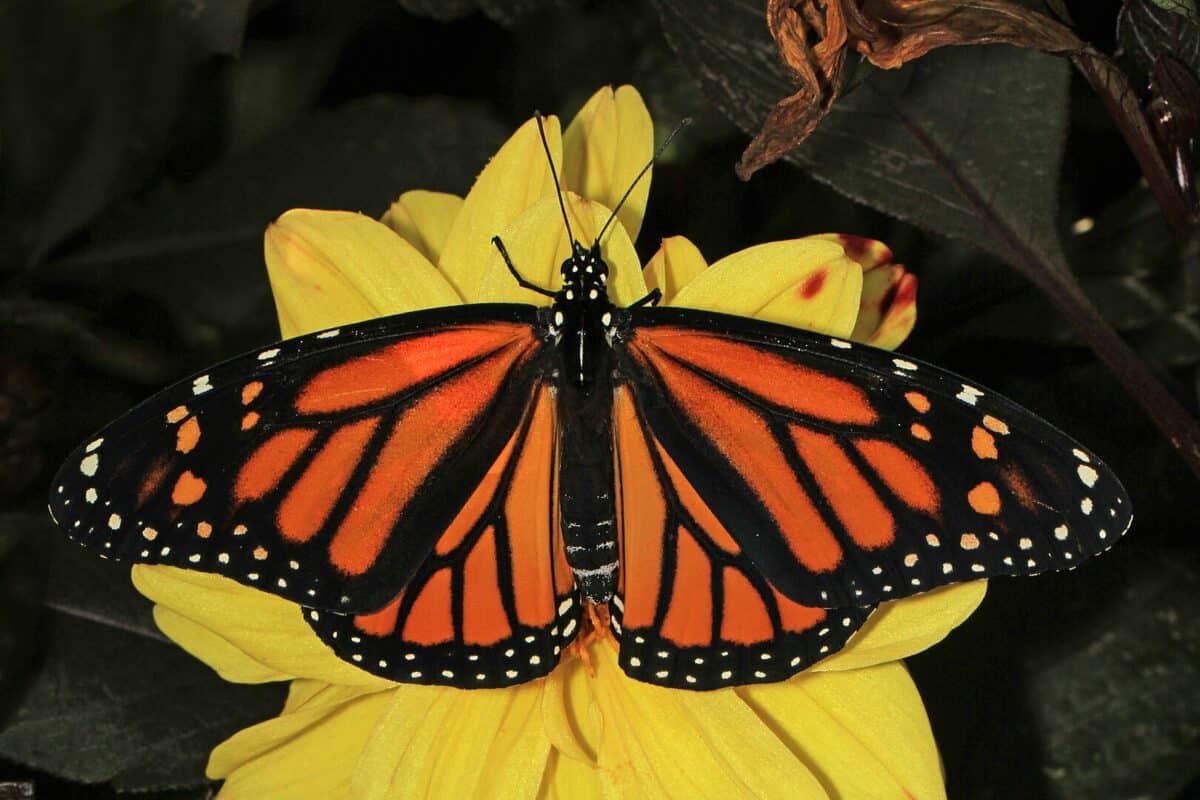
The monarch butterfly migrates up to 3,000 miles from North America to central Mexico, an iconic journey symbolizing resilience and beauty.
#2 Caribou – Migrates 3,000 miles across the Arctic
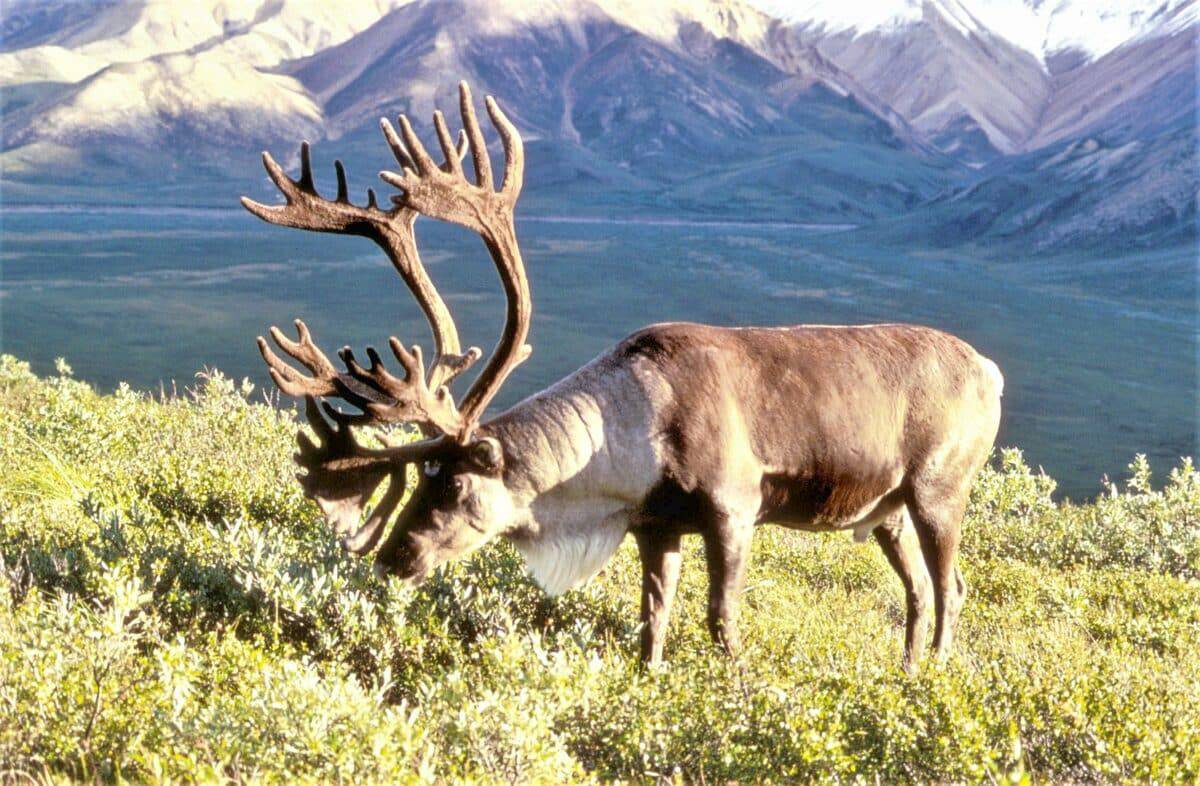
Undertakes one of the longest terrestrial migrations, traversing up to 3,000 miles across the Arctic in search of food.
#3 Arctic Tern – Longest annual migration
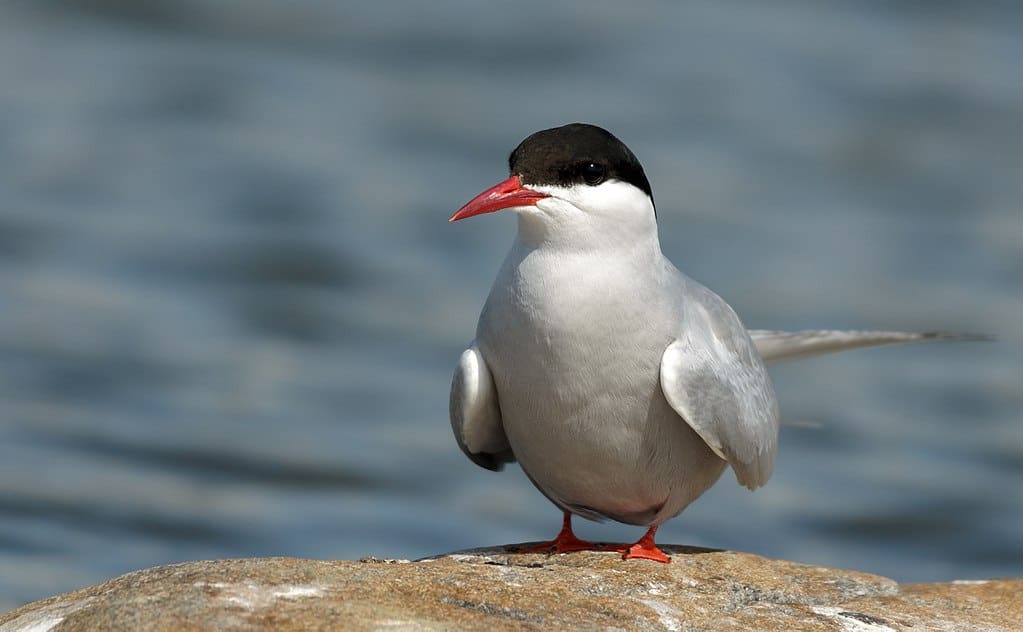
Holds the record for the longest annual migration, flying over 25,000 miles from the Arctic to the Antarctic and back.
#4 Sandhill Crane – Noisy 5,000-mile migration
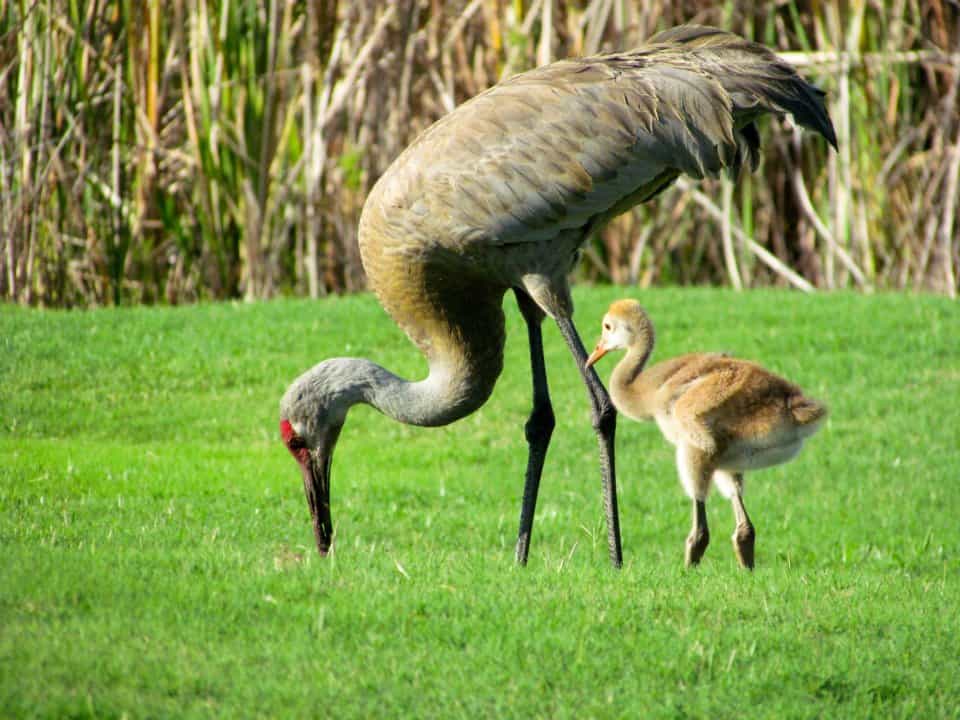
Sandhill cranes migrate over 5,000 miles from Siberia to Mexico, showcasing spectacular formations and loud, echoing calls.
#5 Salmon – An uphill battle back home
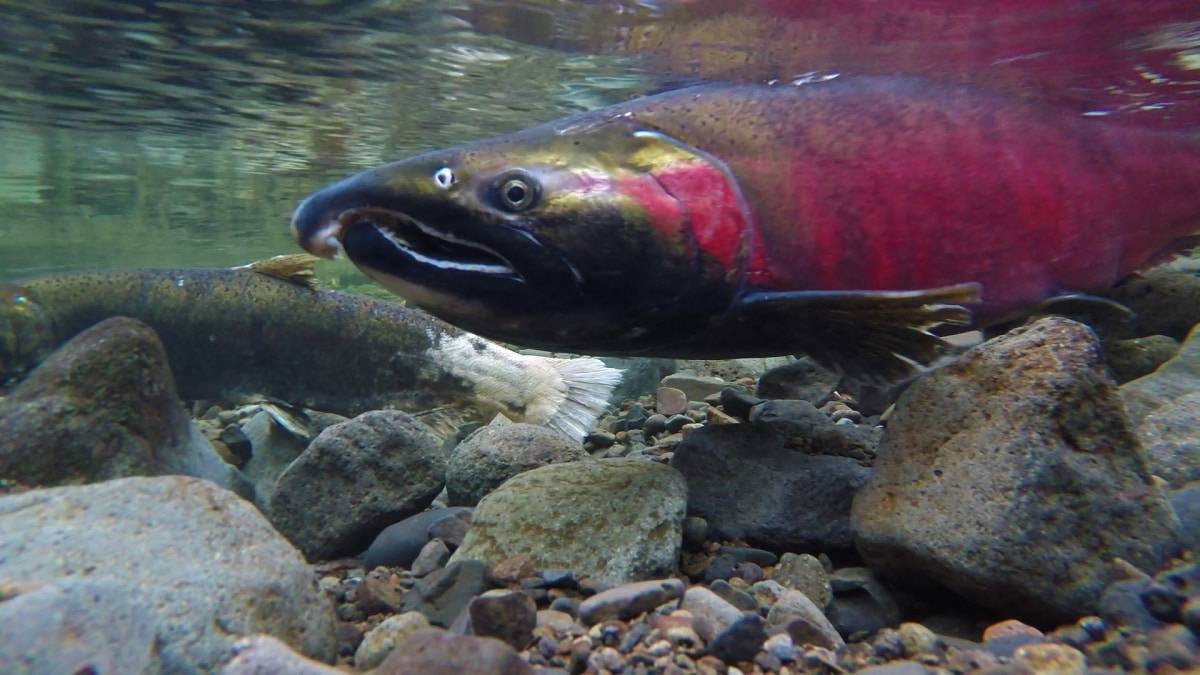
Returns to their birthplace to spawn, travelling hundreds of miles upstream, overcoming obstacles like dams and predators.
#6 Canada Goose – Spectacular flying formations
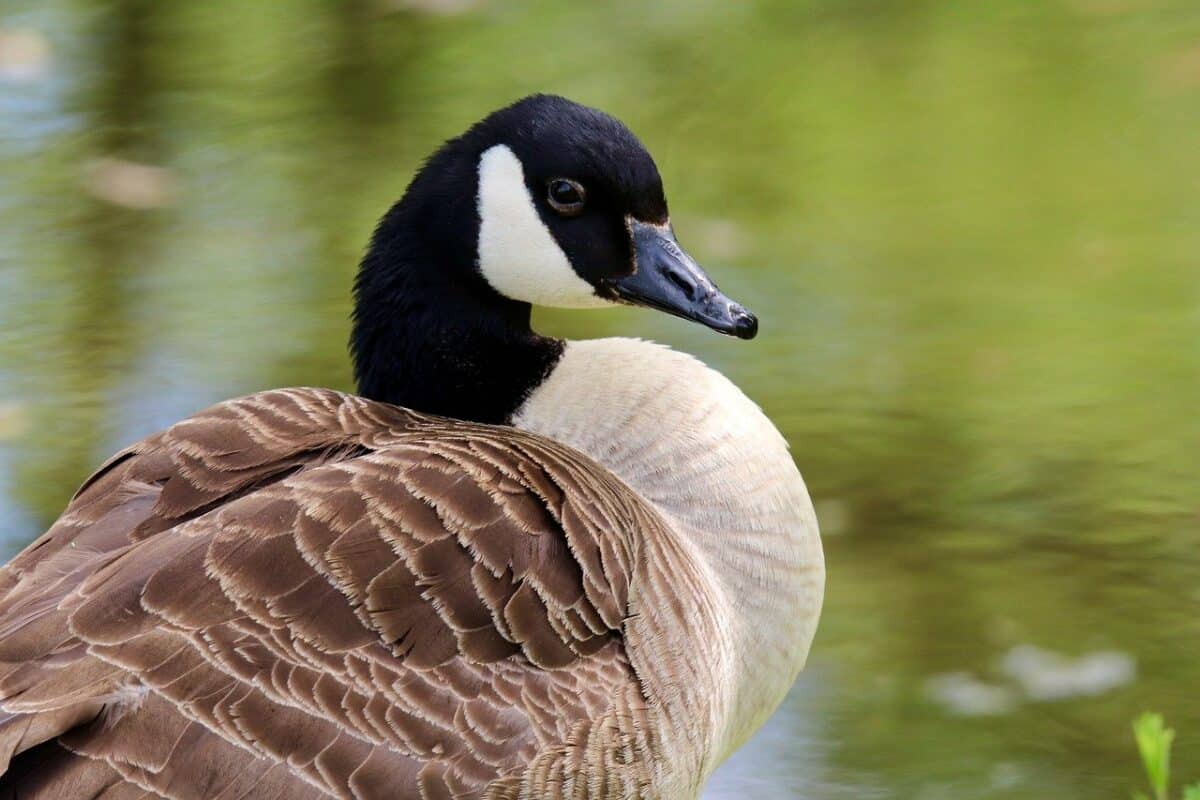
Known for their V-shaped flight formations, migrating thousands of miles between breeding and wintering grounds.
#7 Gray Whale – Whopping 12,000-mile migration
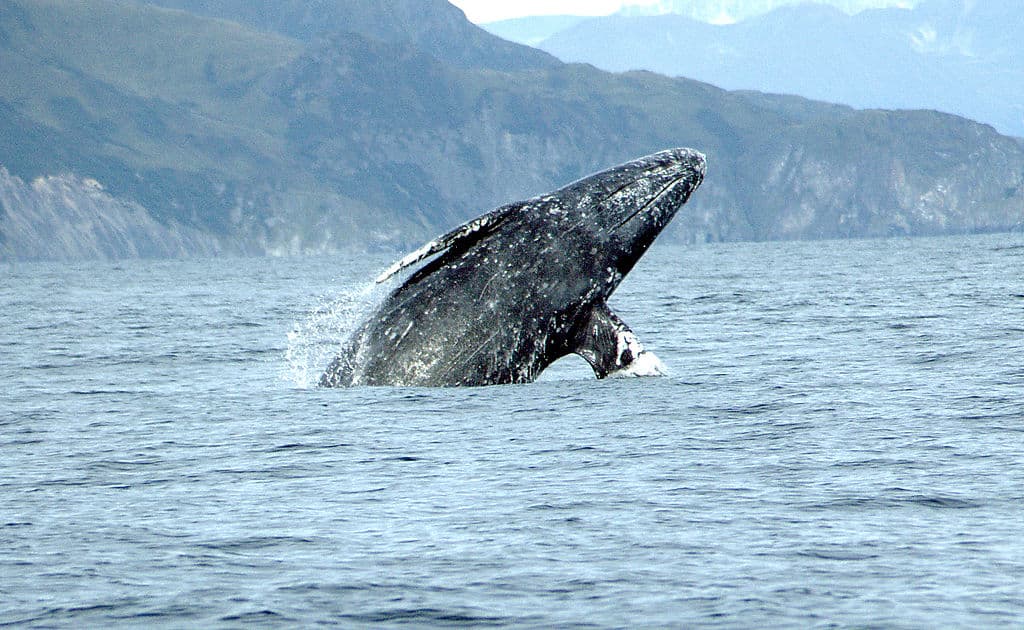
Embarks on a 12,000-mile round-trip from the Arctic to Mexico’s Baja California, the longest migration of any mammal.
#8 American Bison – Once roamed free now contained
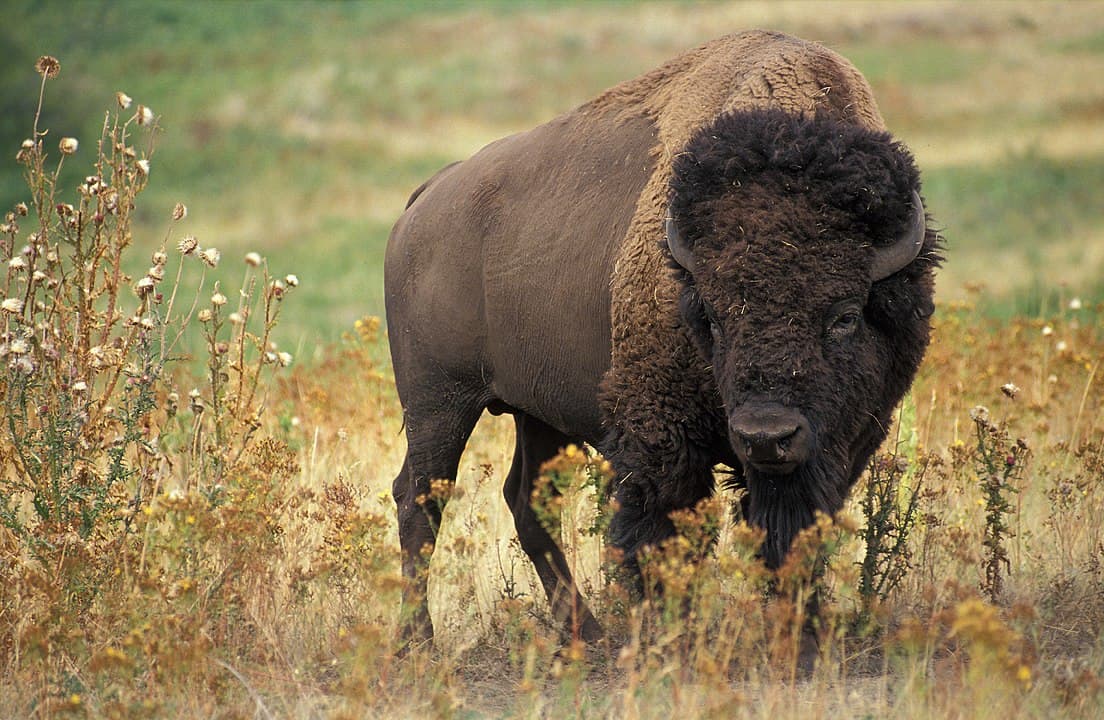
Once migrated across vast grasslands in large herds, though now more limited, their movements are essential for prairie ecosystems.
#9 Ruby-throated Hummingbird – Tiny birds with vast migrations
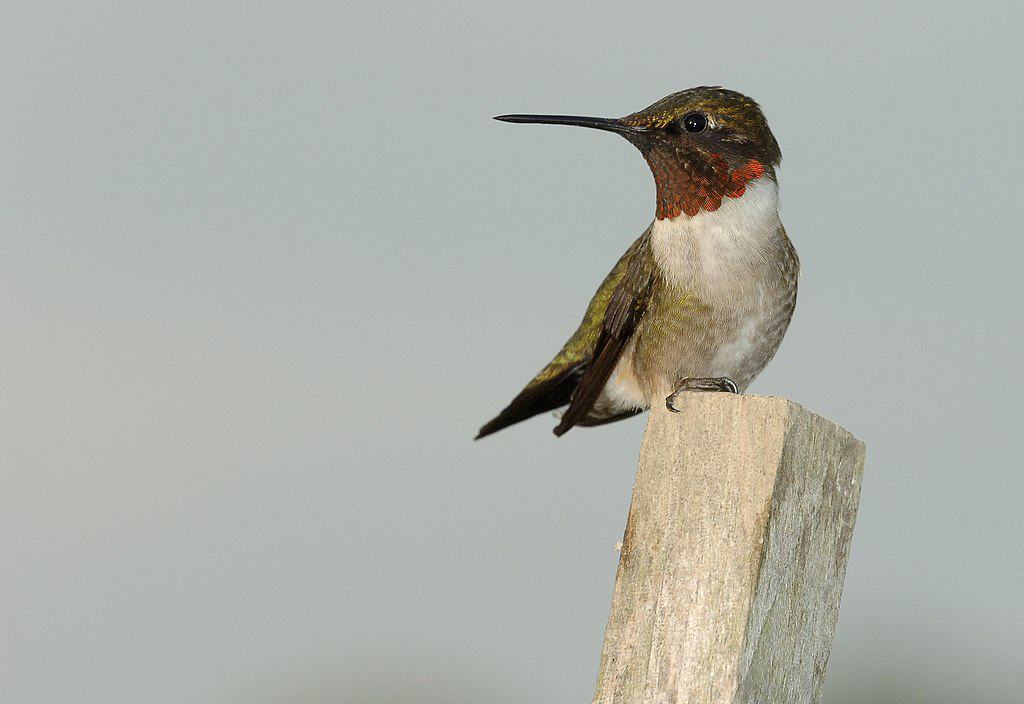
Travels over 2,000 miles between Central America and North America, a remarkable feat for such a small bird.
#10 Mexican Free-tailed Bat – In search of a roosting ground
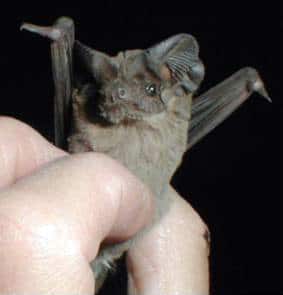
Mexican Free-tailed bats migrate from Mexico to the United States, travelling hundreds of miles to roost in caves and under bridges.
#11 Swainson’s Hawk – Longest migrating raptor
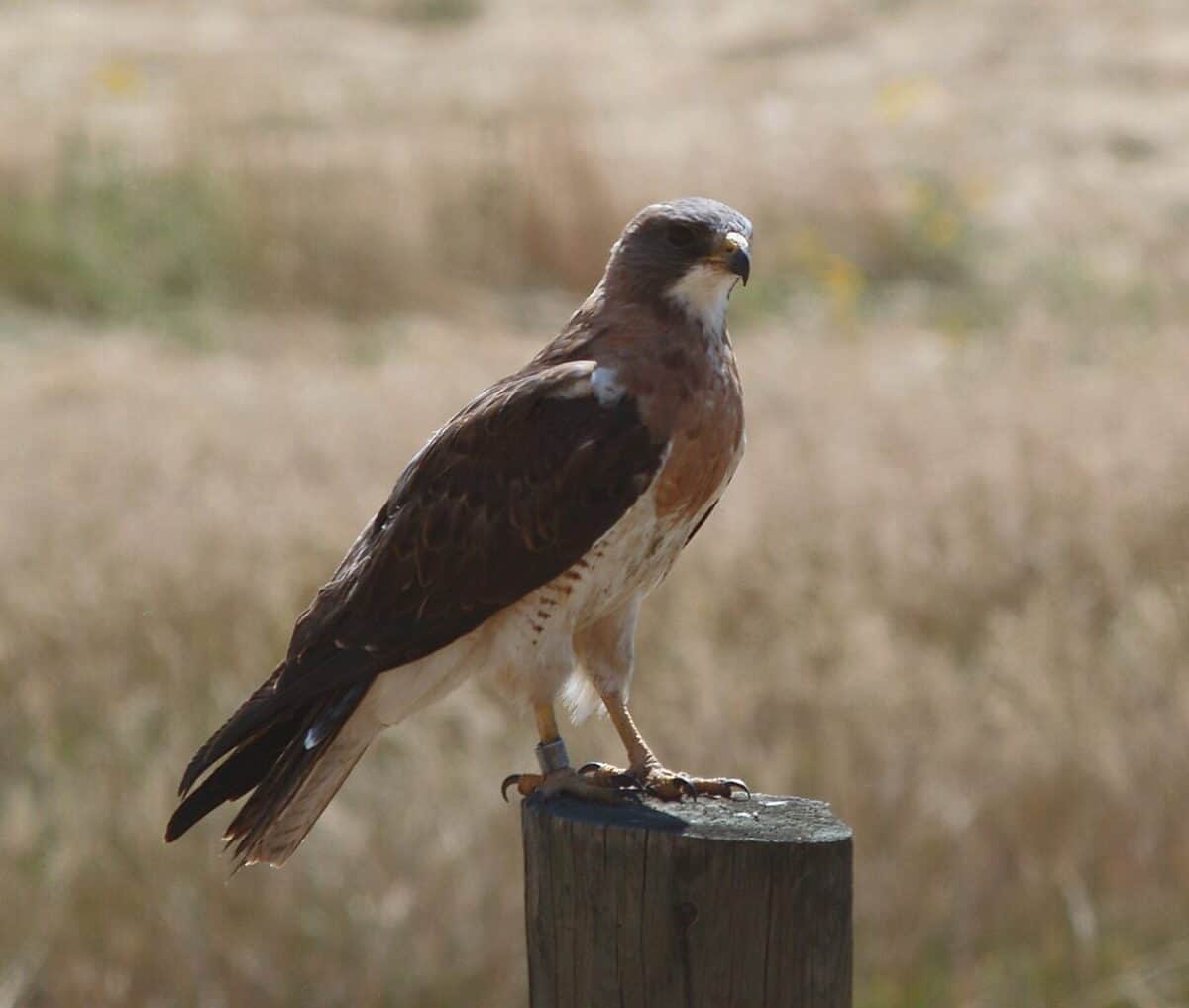
Flies over 6,000 miles from North to South America, one of the longest migrations for North American raptors.
Keep exploring these 45 incredible migrations of North American wildlife.
#12 Peregrine Falcon – Extreme animal with an extreme migratory pattern
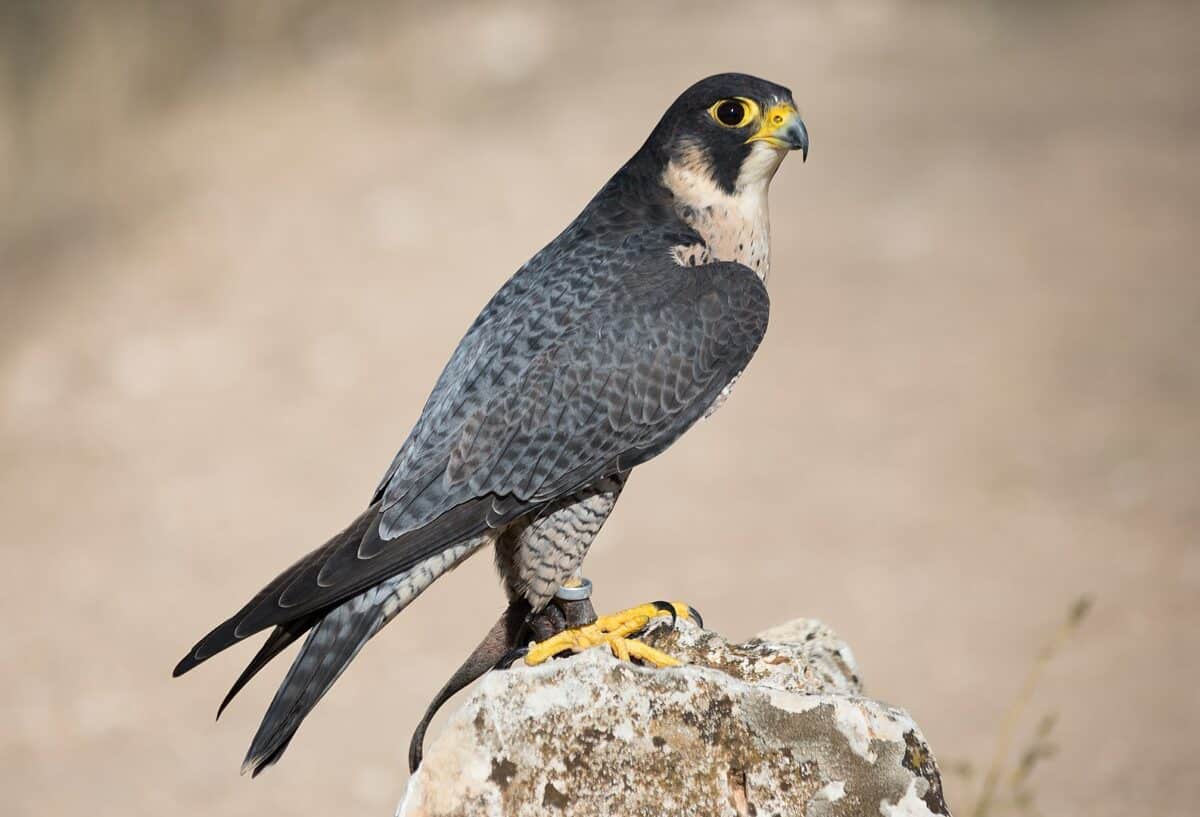
Known for high-speed dives, migrates over 15,000 miles, from the Arctic tundra to South America.
#13 Whooping Crane – A rare migratory spectacle
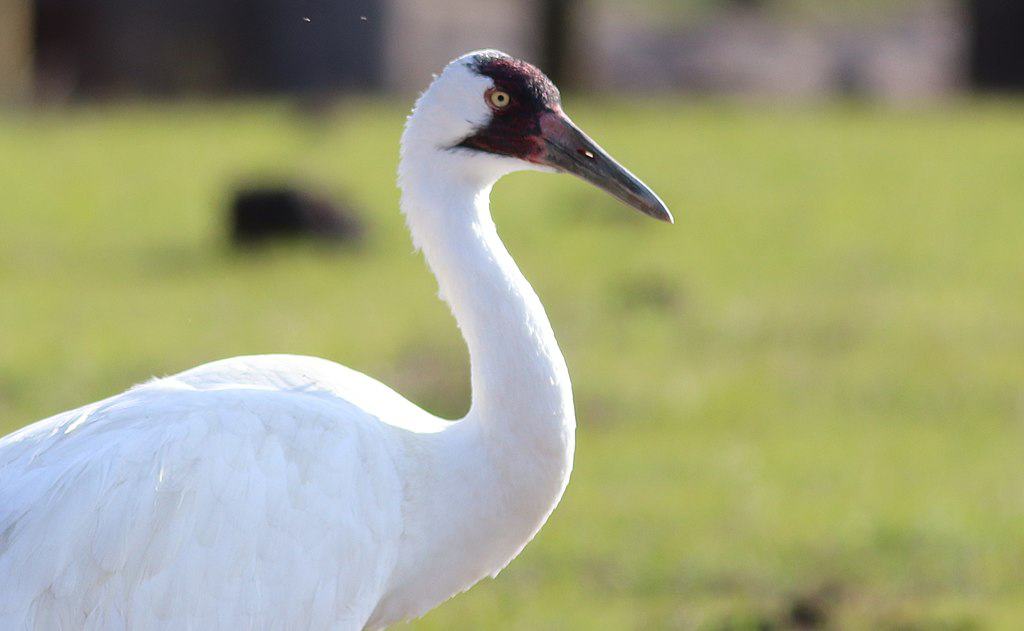
One of North America’s rarest birds migrates from Canada to the Gulf Coast of Texas, a journey of up to 2,500 miles.
#14 Pronghorn – Migrates through mountains
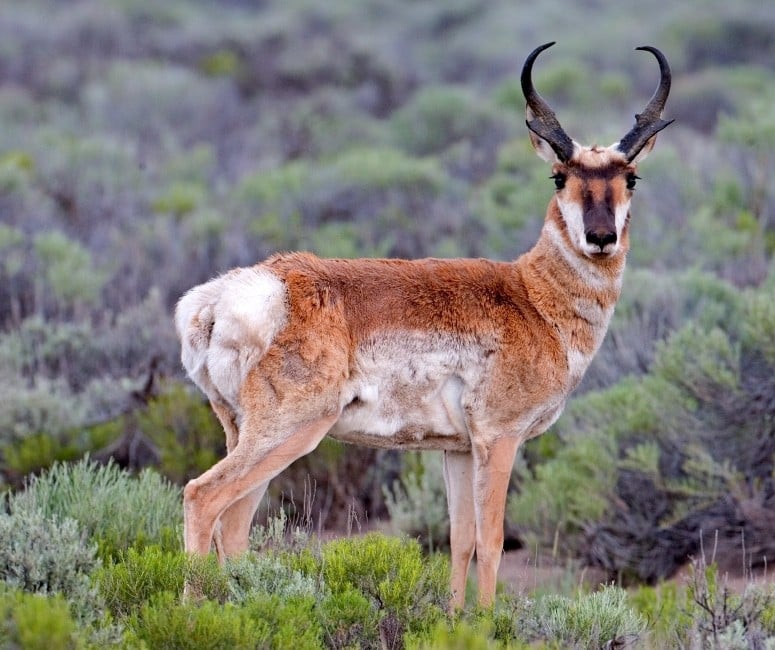
North America’s fastest land animal, migrates over 160 miles in Wyoming, navigating through mountain passes and valleys.
#15 Leatherback Sea Turtle – Between Mexico and Alaska
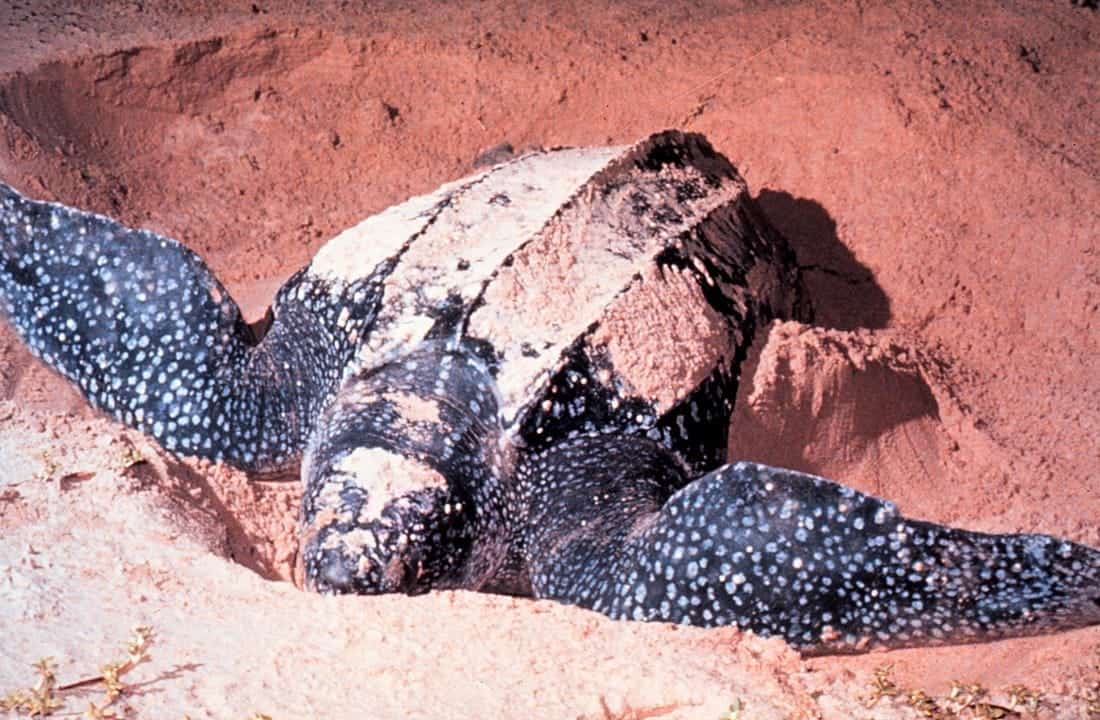
Travels thousands of miles across the Pacific, from nesting beaches in Mexico to feeding areas off the coast of Alaska.
#16 Green Turtle – Navigational experts
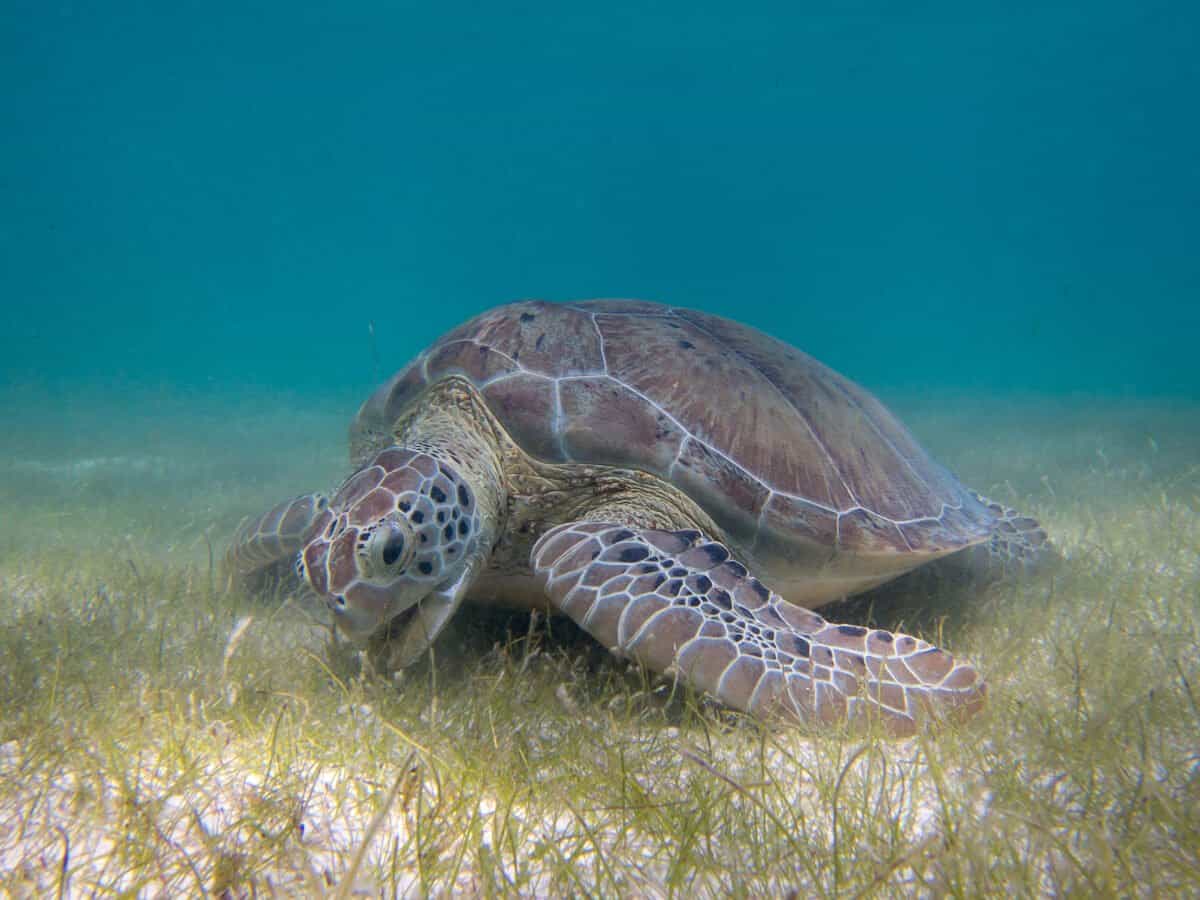
Migrates across the Caribbean, traveling from feeding sites to nesting beaches, showcasing remarkable navigational skills.
#17 Walrus – Migrates with the ice edge in the Arctic
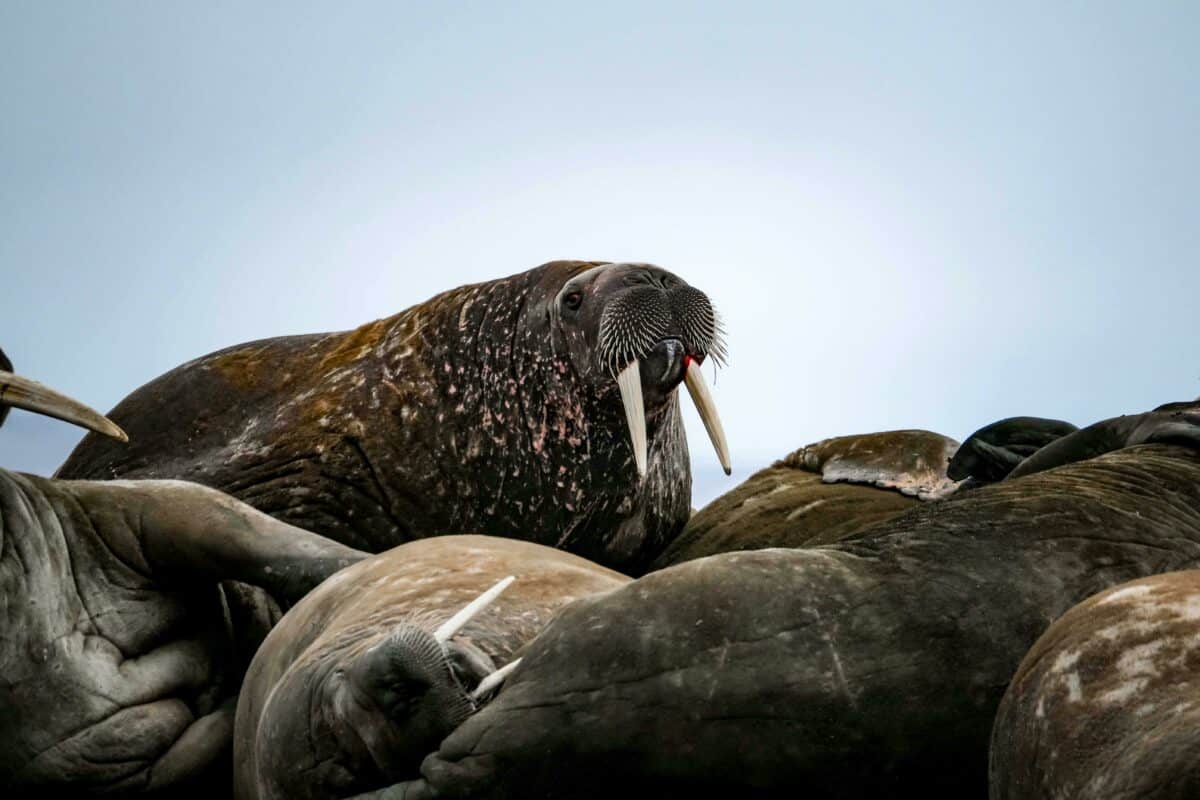
Migrates with the ice edge in the Arctic, moving between feeding grounds and areas where they rest on ice floes.
#18 American Eel – Mysterious migration from river to sea
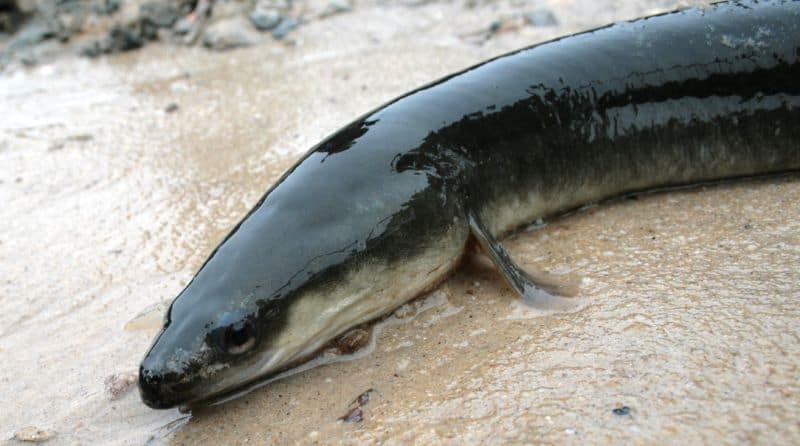
American eels embark on a mysterious migration from the freshwater rivers of North America to the Sargasso Sea to spawn.
#19 Snow Goose – From breeding grounds to wintering sites
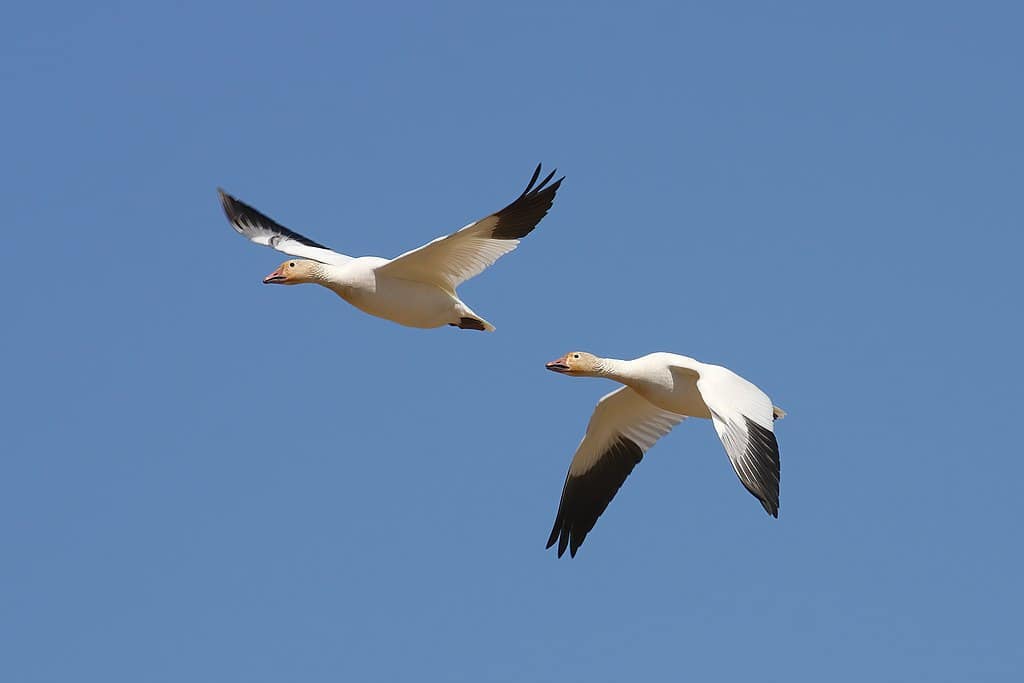
Flies from Arctic breeding grounds to warmer southern wintering sites, forming large, noisy flocks.
#20 Broad-winged Hawk – Soars in large groups
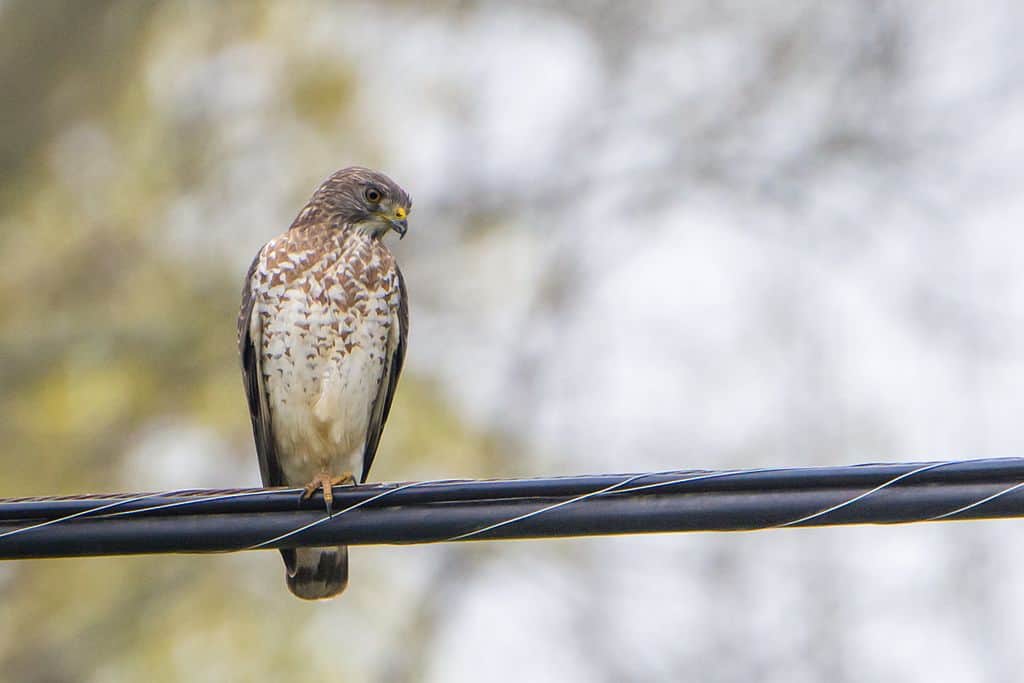
Soars in large groups called “kettles,” migrating from North America to South America, covering thousands of miles.
#21 Osprey – Predator of the sky
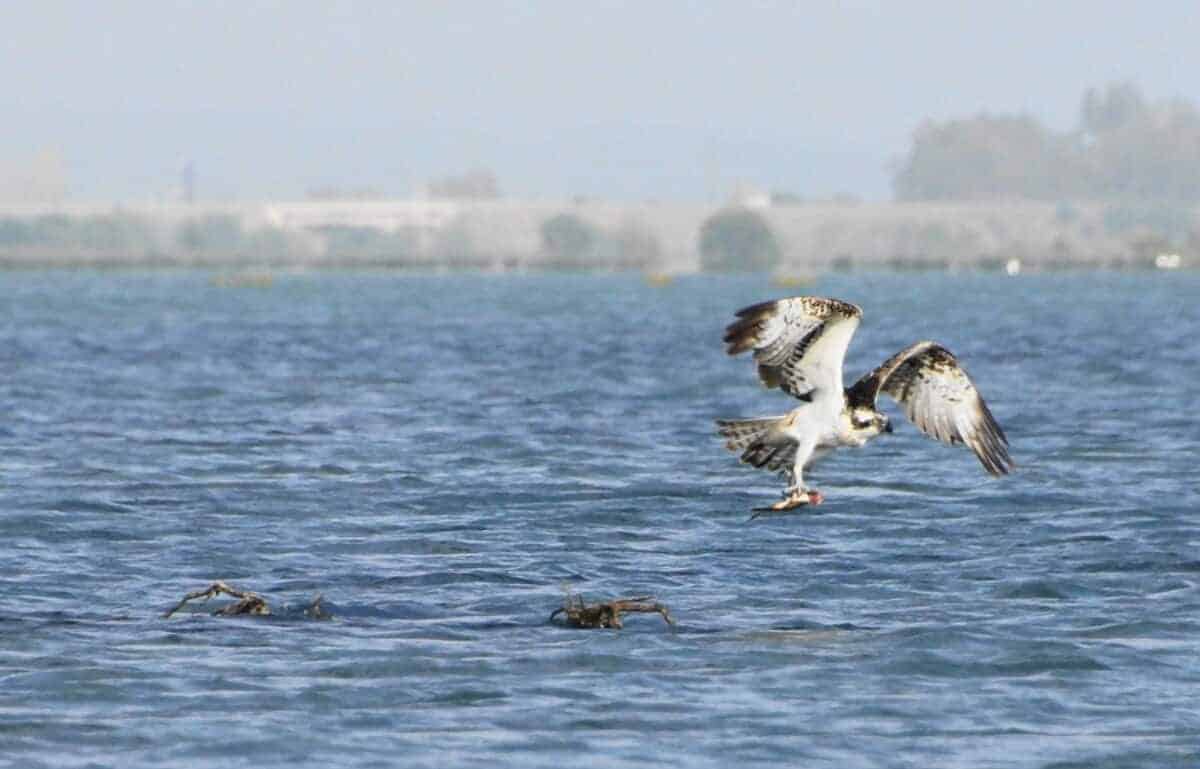
Fish-eating raptor that migrates from North America to South America, showcasing incredible endurance and hunting skills.
#22 Semipalmated Sandpiper – Covers up to 2,500 miles
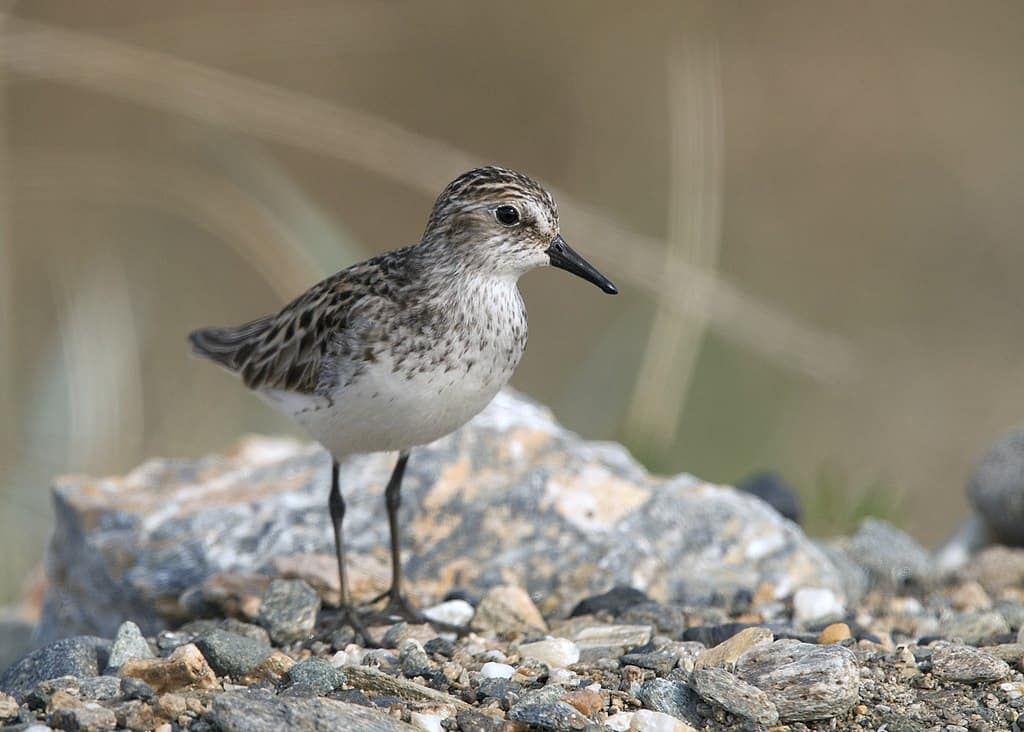
Covers around 2,500 miles during its migration from the Arctic to South America, often in large flocks.
#23 Northern Elephant Seal – Migrates over 5,000 miles
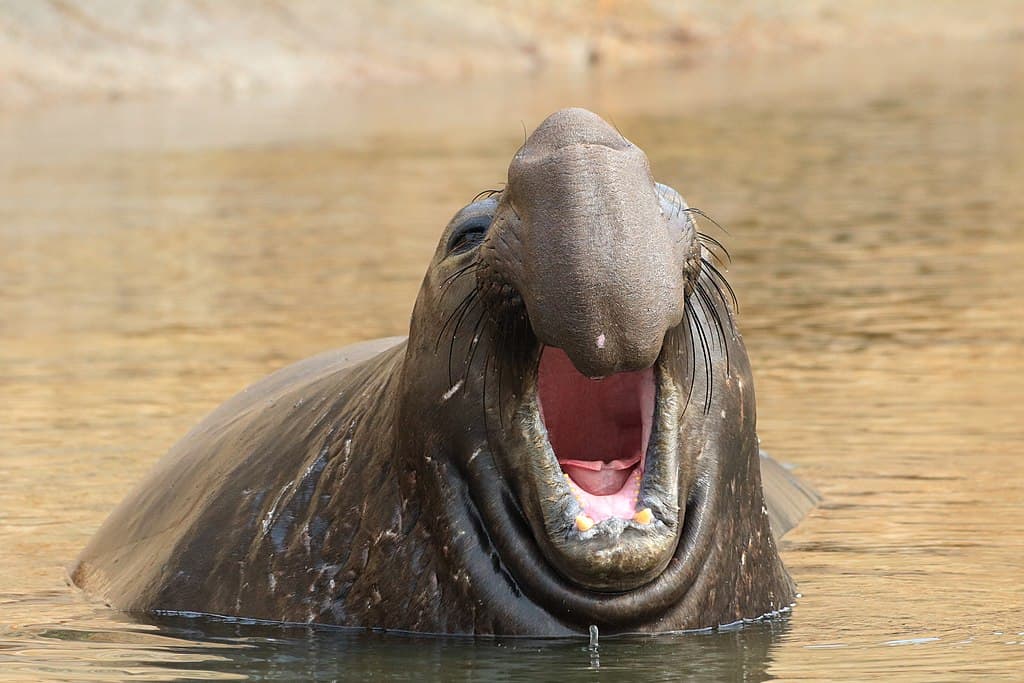
Migrates over 5,000 miles in the Pacific, from breeding beaches in California to feeding areas near Alaska.
#24 Blackpoll Warbler – Flies non-stop for 3 days
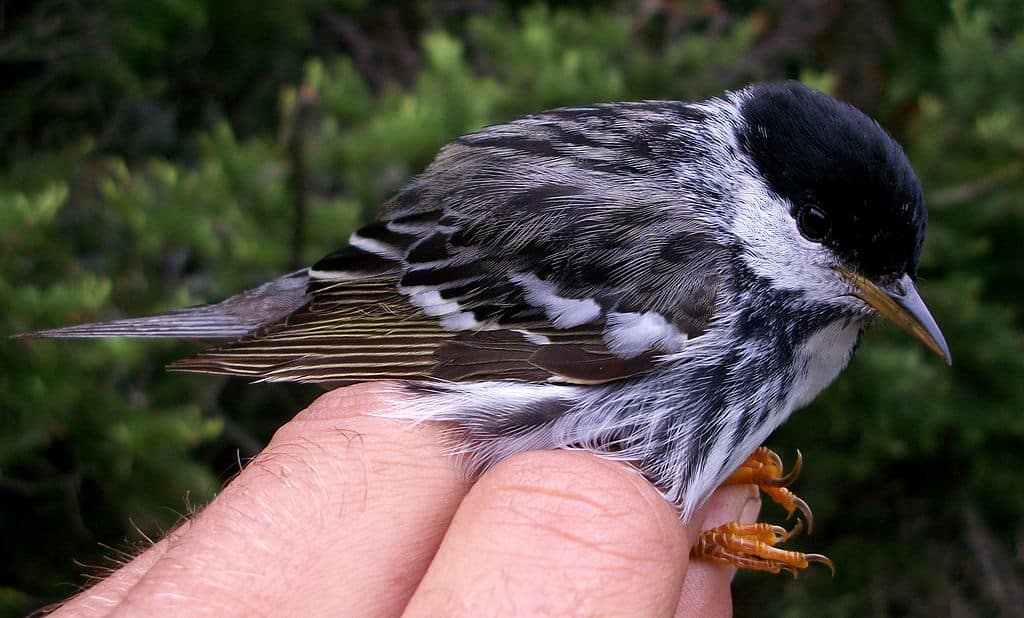
Flies non-stop for up to 3 days across the Atlantic, from North America to South America, an exhausting journey.
#25 Rufa Red Knot – Migrates 9,300 miles along the coast
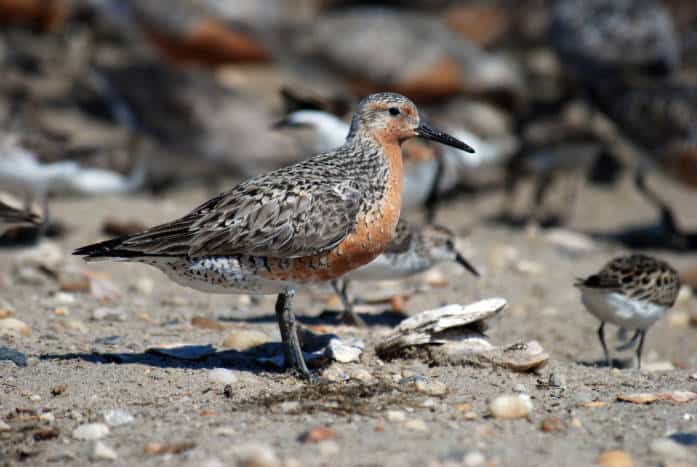
Embarks on a 9,300-mile migration from the Arctic to the southern tip of South America, stopping at critical coastal areas for food.
#26 Atlantic Puffin – Spends winters in the open ocean
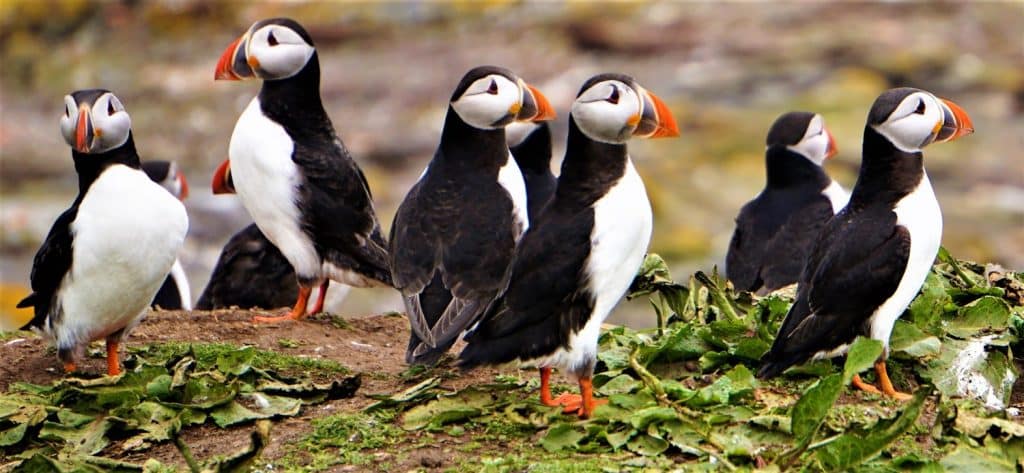
Travels from North Atlantic breeding sites to open ocean, where they spend the winter.
#27 Blue Whale – From icy waters to warm tropics
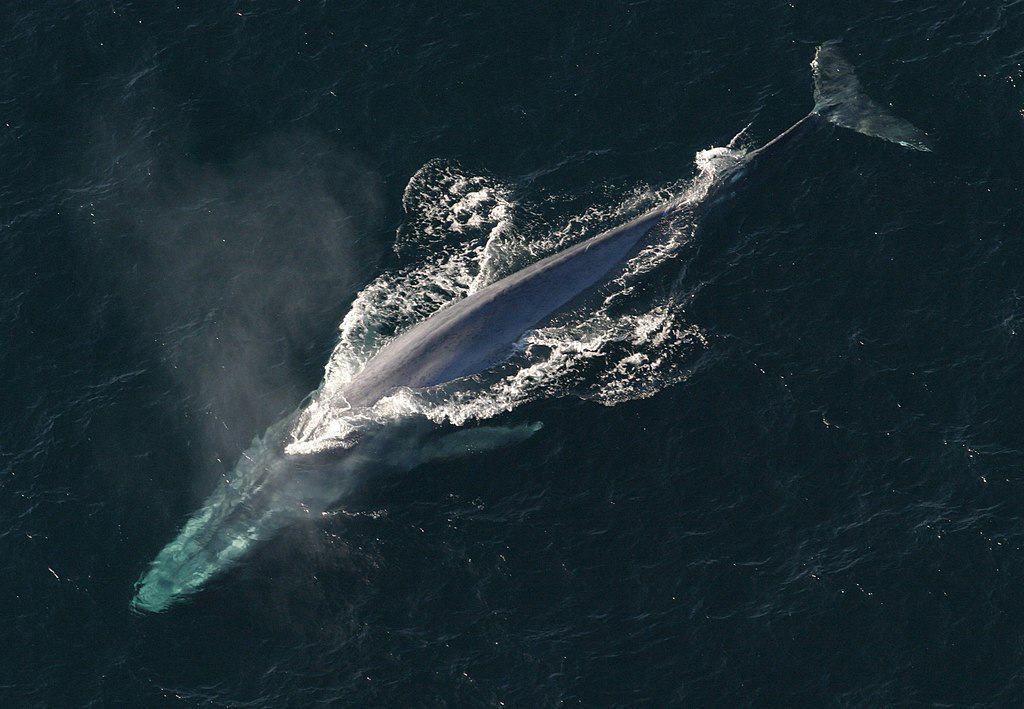
Undertakes long migrations between feeding grounds in cold waters and breeding grounds in tropical or subtropical waters.
#28 Dragonfly (e.g., Common Green Darner) – Off to Mexico
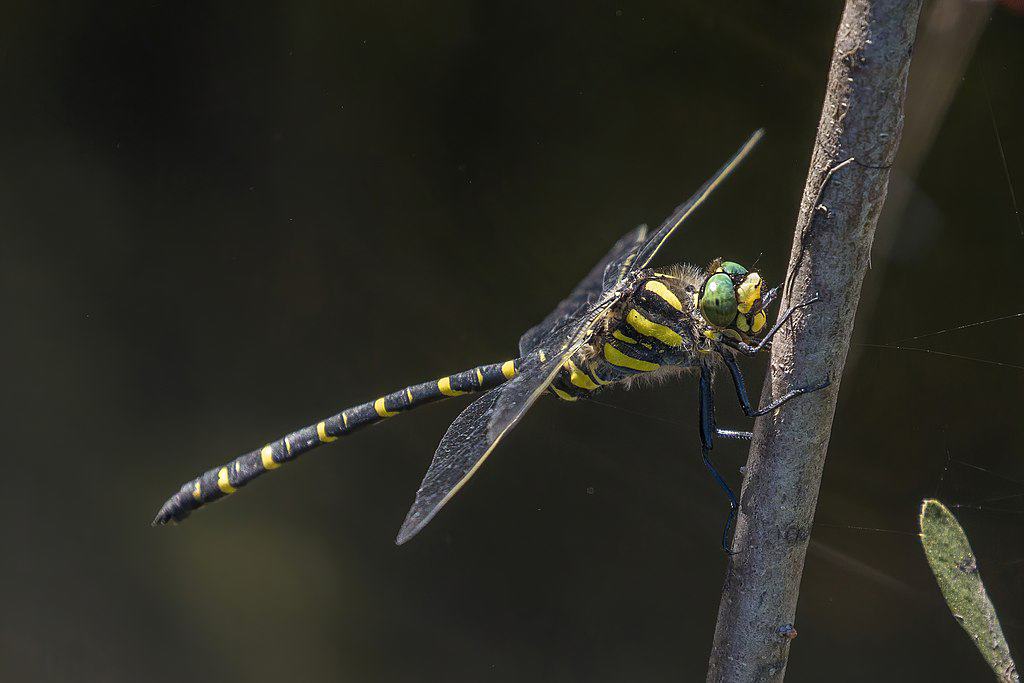
Migrates from the northern United States to Texas and Mexico for the winter.
#29 Humpback Whale – Migrates 5,000 miles to breeding grounds
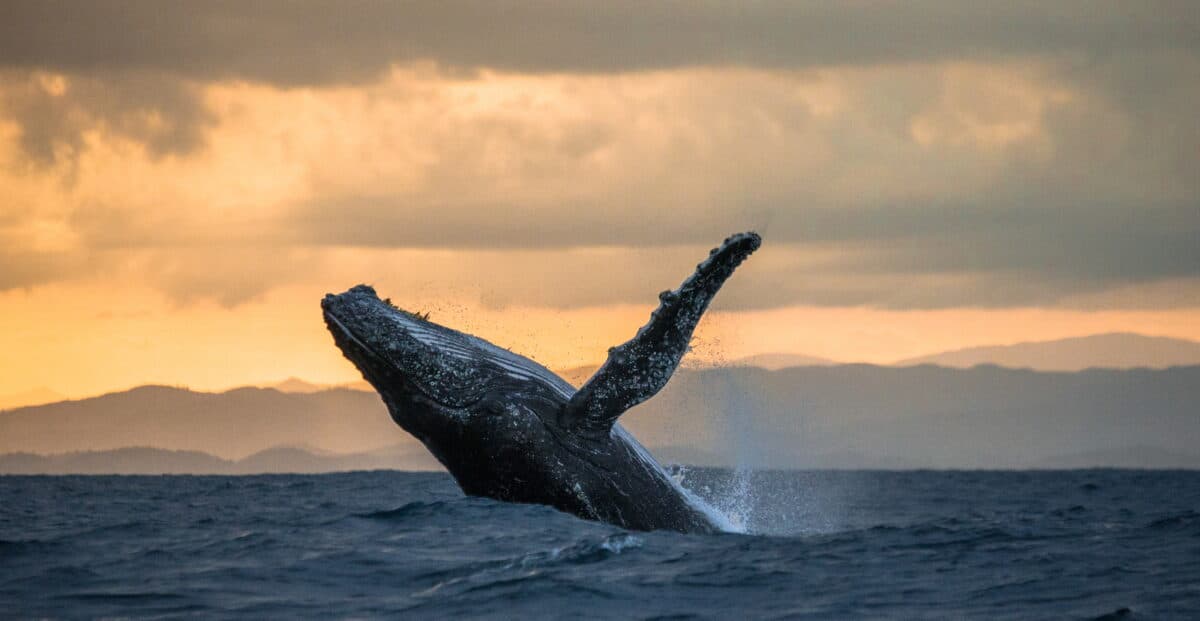
Known for migrating up to 5,000 miles from summer feeding grounds in polar waters to winter breeding waters in tropical or subtropical areas.
#30 White Shark – Migrating for feeding and breeding
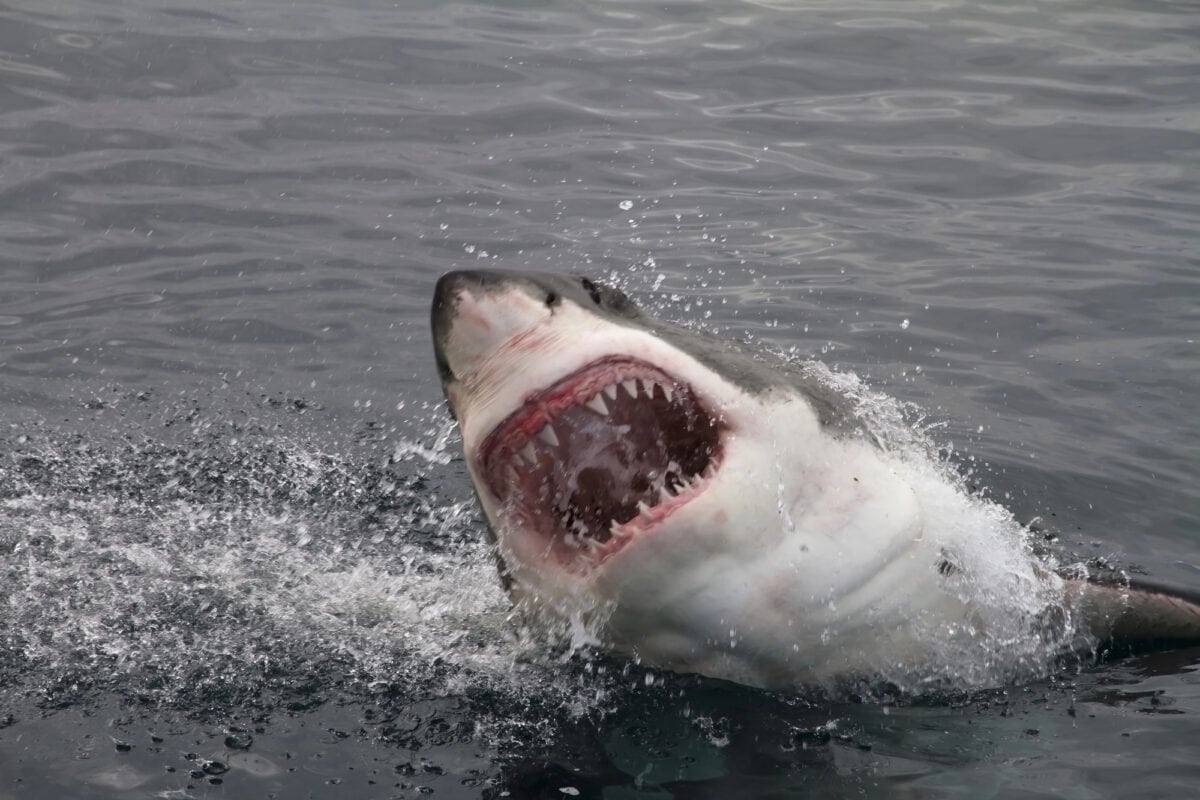
Migrates to the coast of Guadalupe Island and Hawaii, traveling long distances for feeding and possibly breeding.
#31 Bar-tailed Godwit – Longest non-stop flight
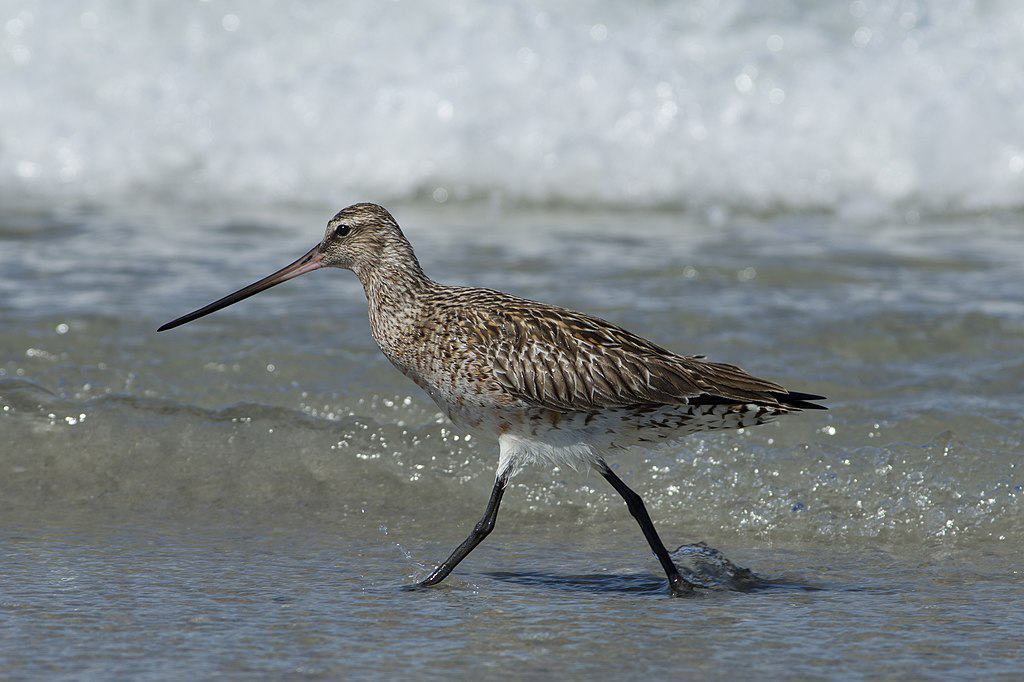
Has one of the longest non-stop flights of any bird, from Alaska to New Zealand.
#32 American Golden-Plover – Incredible endurance
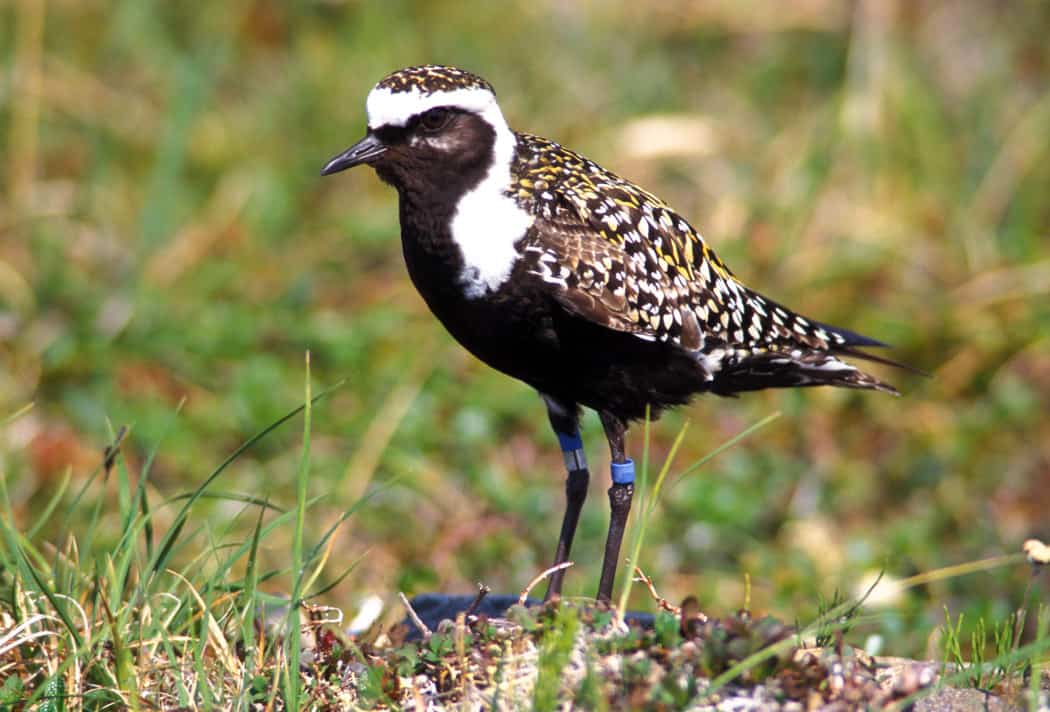
Migrates from the Arctic to southern South America, showcasing incredible endurance.
#33 Western Sandpiper – From Alaska to South America
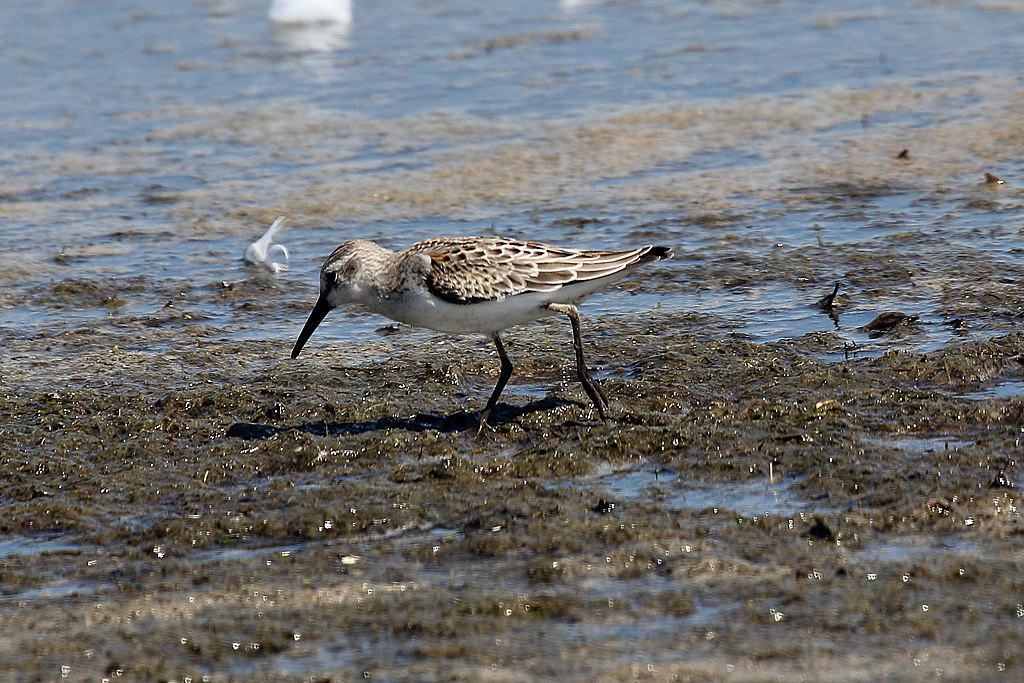
Travels thousands of miles from breeding grounds in Alaska to wintering sites as far south as Central and South America.
#34 Buff-breasted Sandpiper – Stopovers in the Great Plains
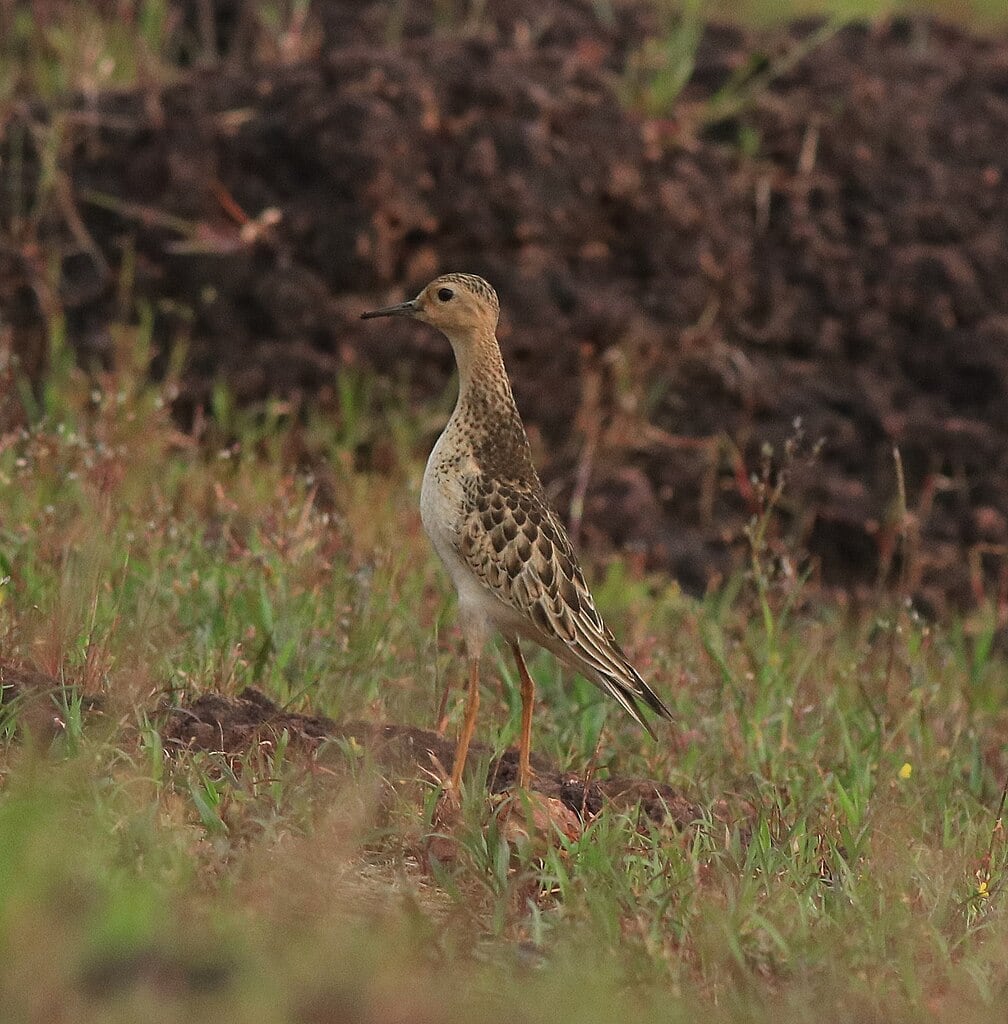
Migrates from the Arctic to the grasslands of South America, often stopping in the Great Plains.
Are you enjoying this article? Keep exploring these 45 incredible migrations of North American wildlife.
#35 Piping Plover – Migrates to the Gulf of Mexico
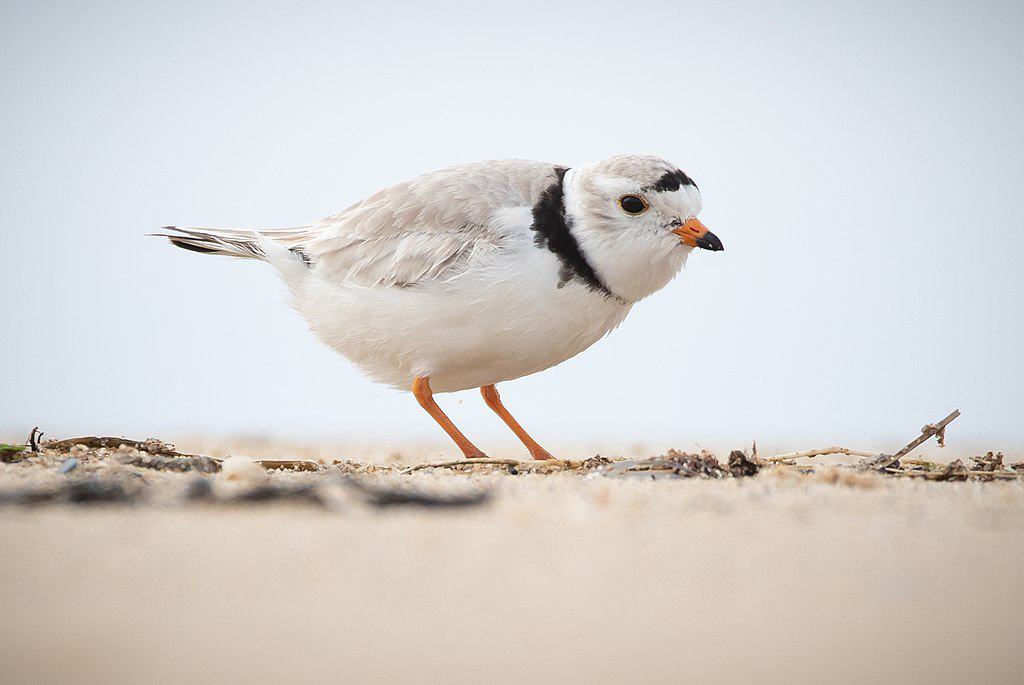
Winter migrations to the Gulf of Mexico, with critical stopovers along the way.
#36 Sooty Shearwater – One of the world’s longest migrations
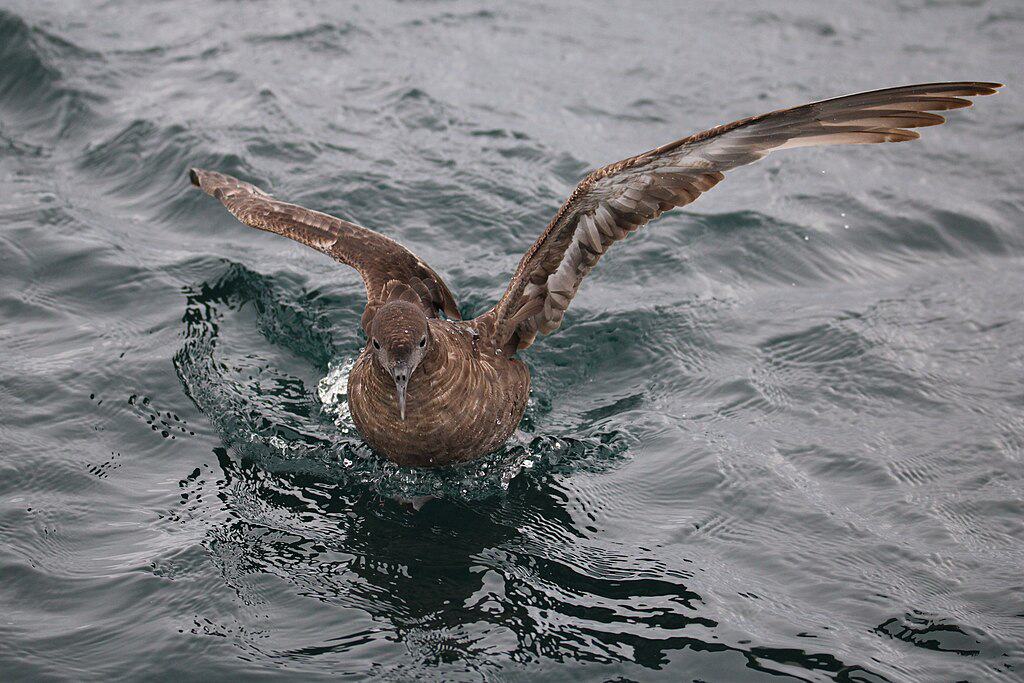
Undertakes one of the world’s longest migrations, from New Zealand to the North Pacific.
#37 Northern Gannet – From Canada to Mexico
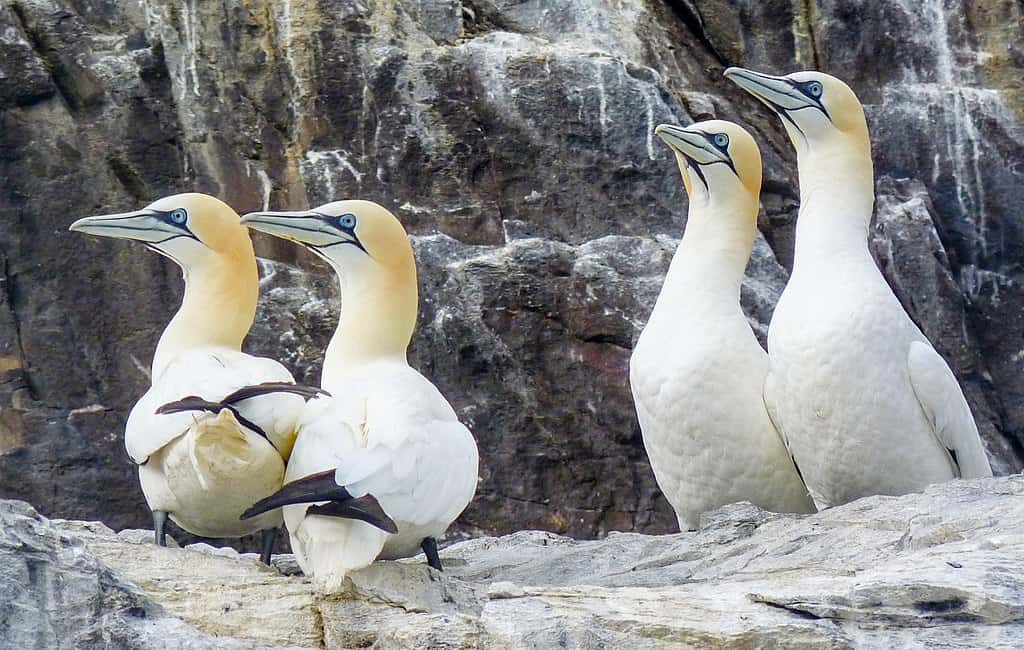
Migrates from breeding colonies in Canada and Europe to the Gulf of Mexico and the Atlantic coast of North America.
#38 Loggerhead Sea Turtle – Nesting beaches to feeding grounds
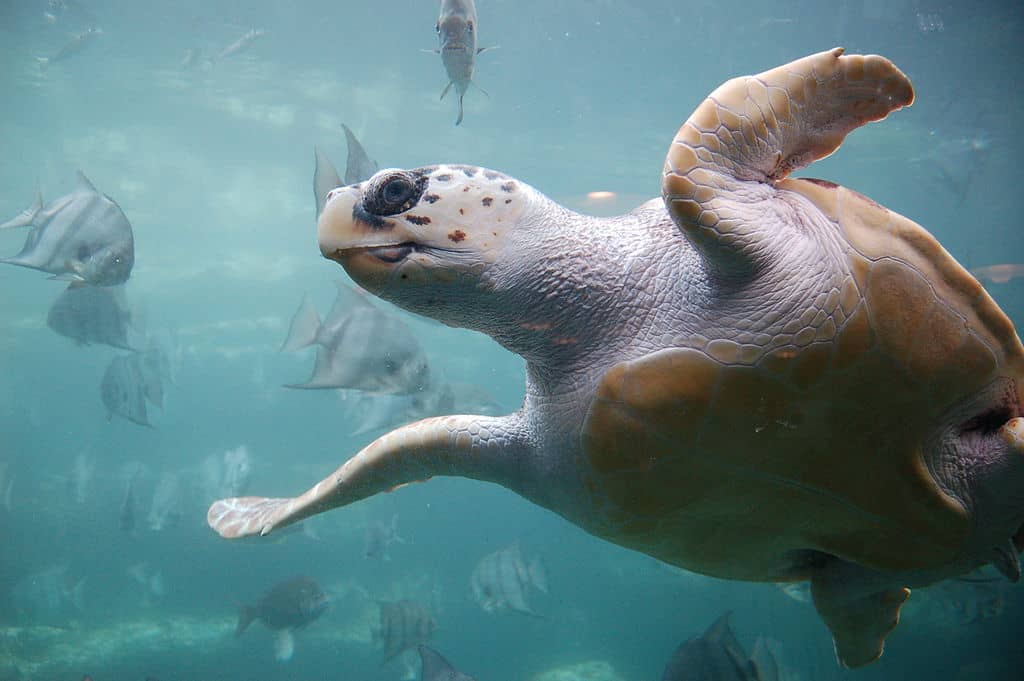
Navigate from nesting beaches in the Southeastern United States to feeding grounds across the Atlantic and Mediterranean.
#39 American Redstart – From the North to the South
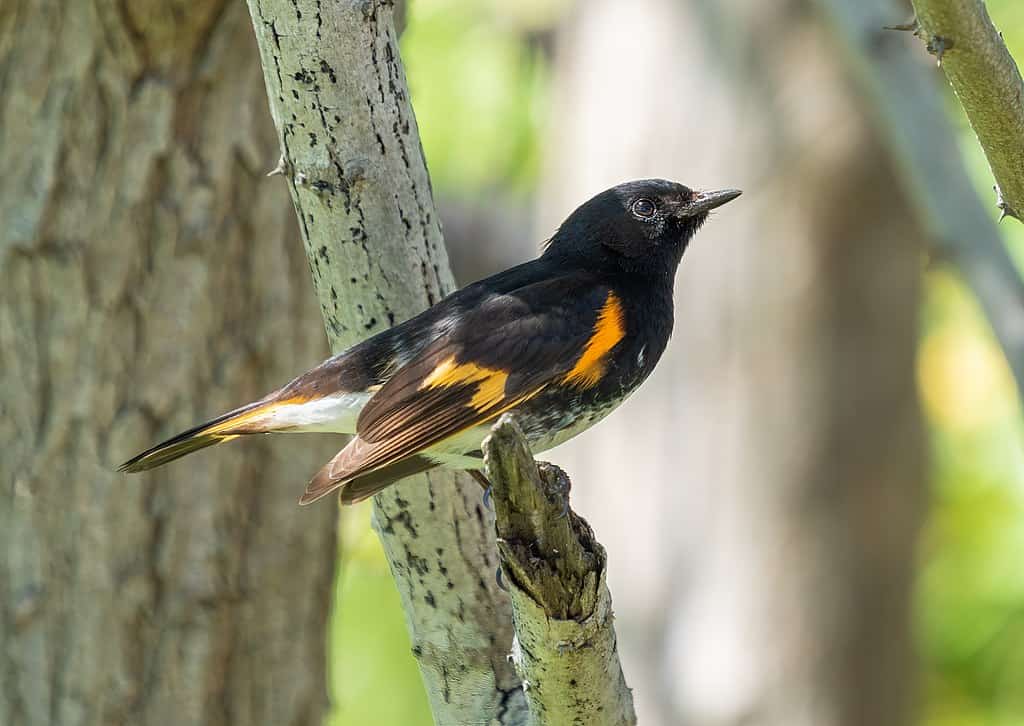
Flies from North American breeding sites to wintering grounds in Central and South America.
#40 Wilson’s Warbler – Varied migrations
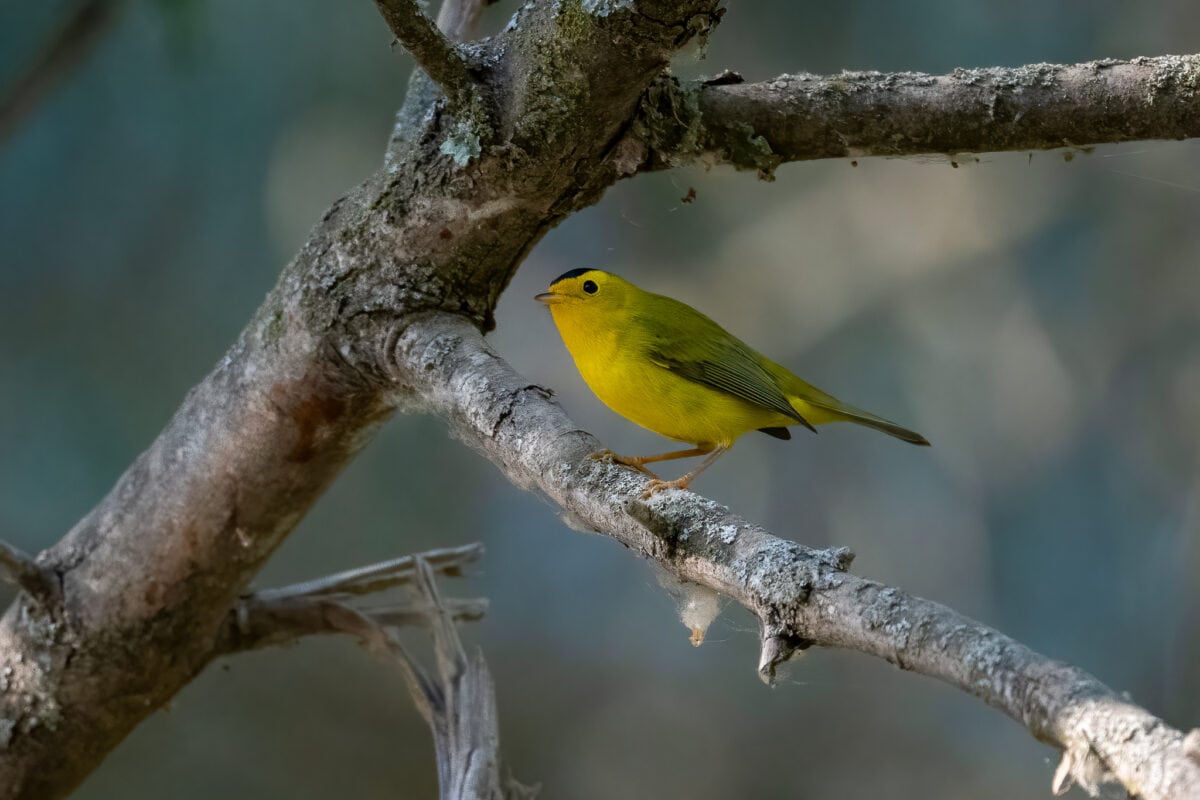
Migrates from northern North America to Central America, with some reaching as far south as South America.
#41 Hudsonian Godwit – From the Artic to South America
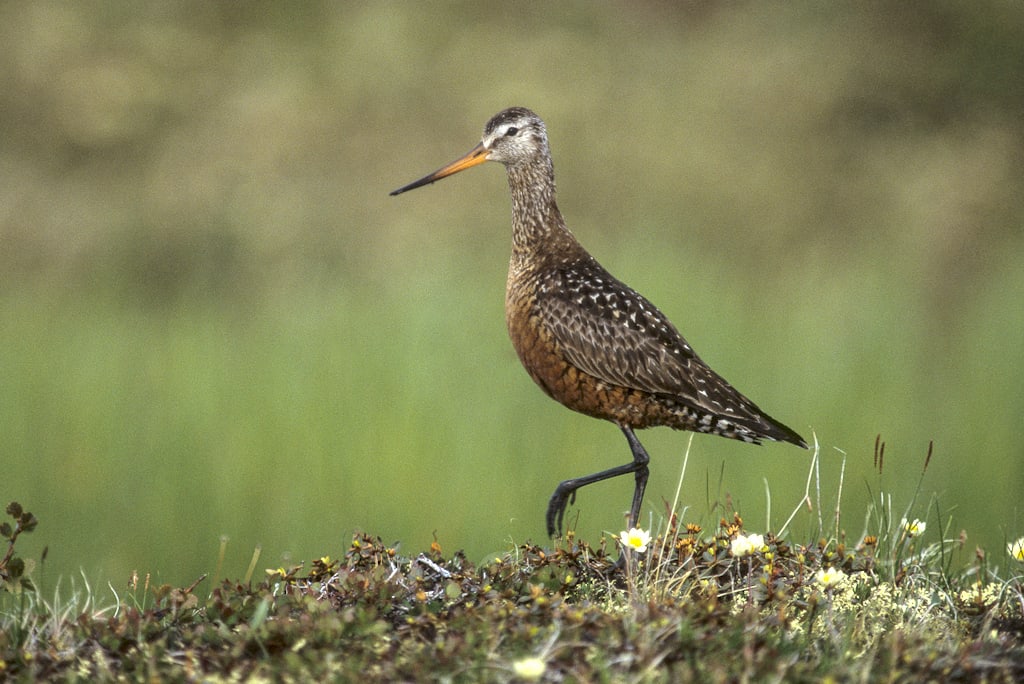
Travels from the Arctic to southern South America, stopping at key sites like the James Bay.
#42 Kirtland’s Warbler – Habitat-specific migrations
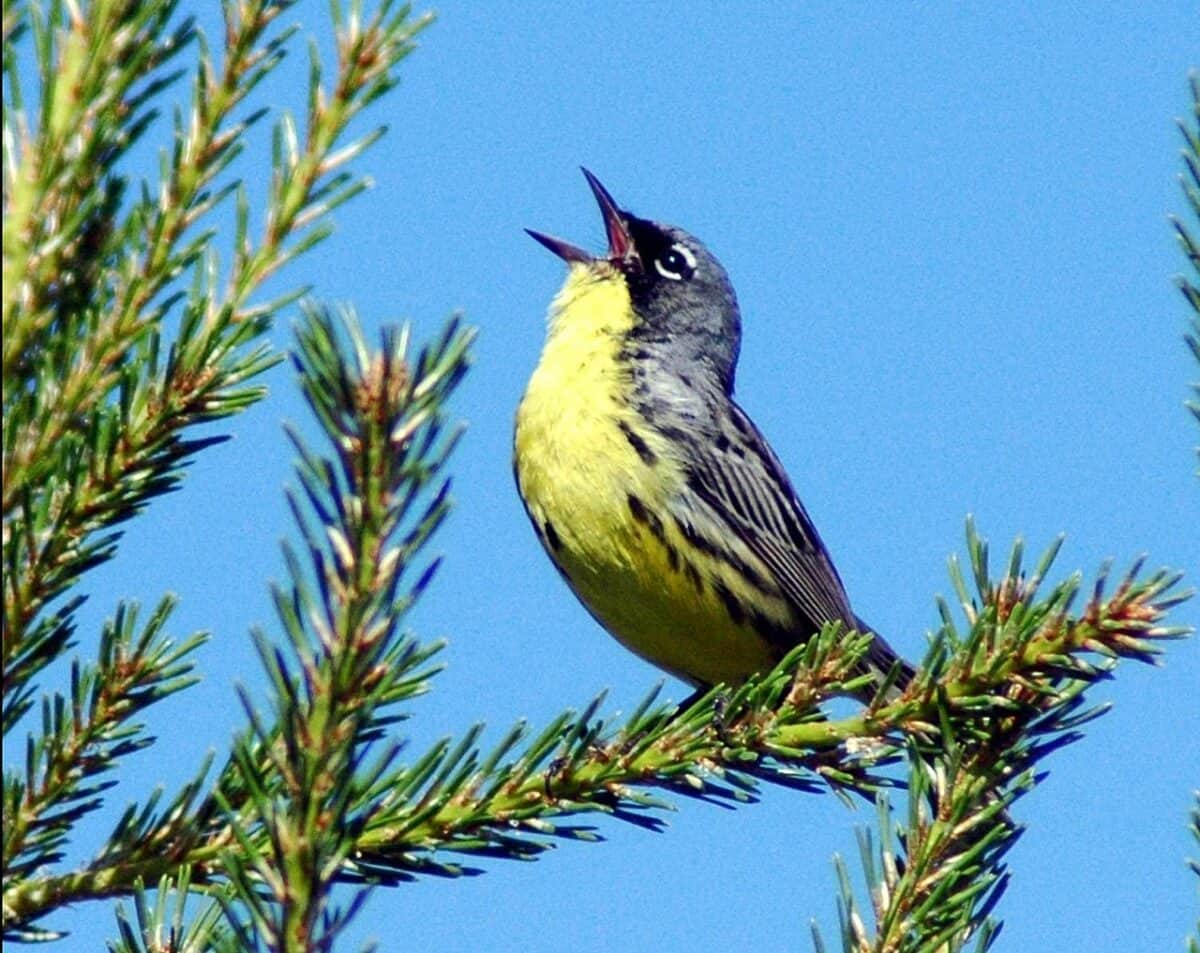
Migrates between breeding grounds in Michigan and the Bahamas, one of the most habitat-specific migrations.
#43 Long-tailed Jaeger – Artic to Southern Oceans
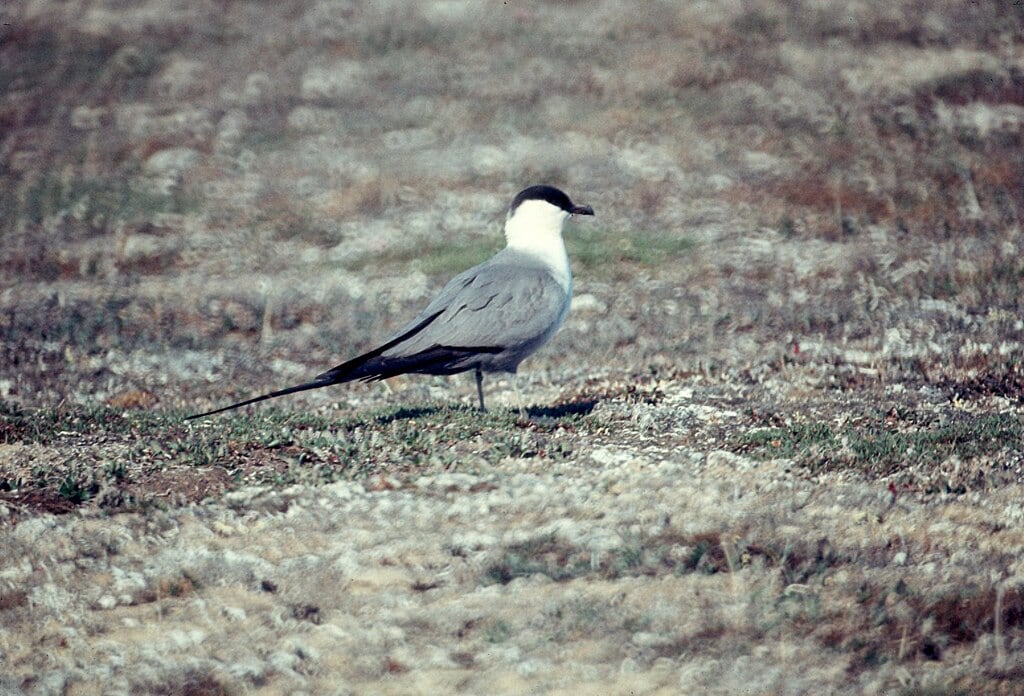
Migrates from the Arctic to the southern oceans, following a pelagic lifestyle outside the breeding season.
#44 Mangrove Cuckoo – Movements tied to mangroves
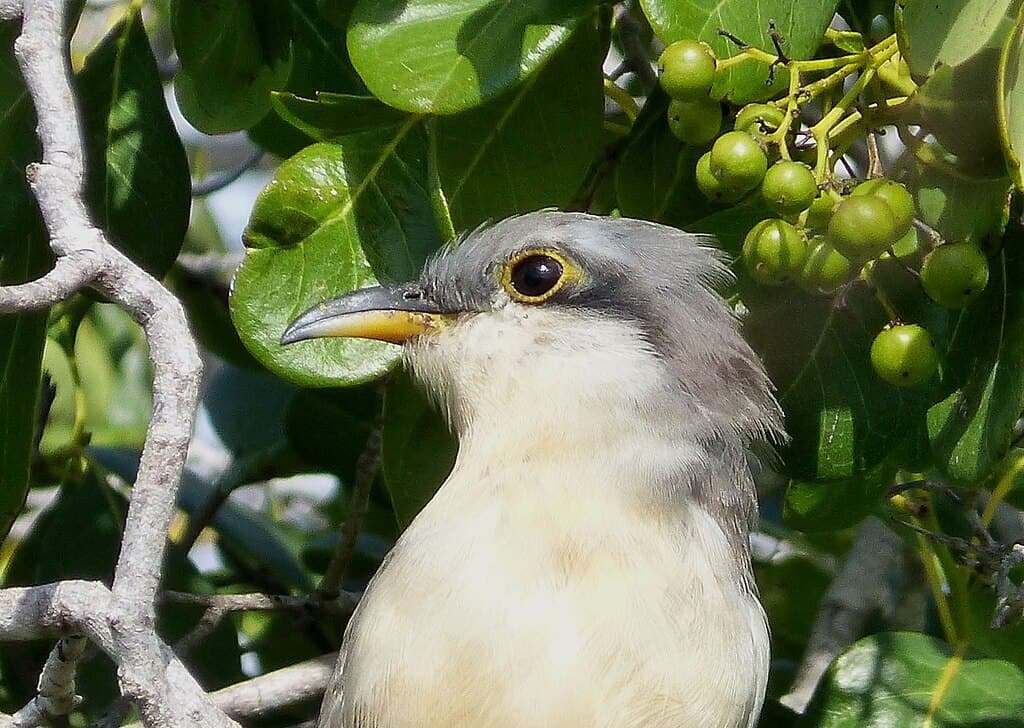
Migrates within the Americas, with movements less understood but closely tied to mangrove ecosystems.
#45 Bobolink – Covers up to 12,500 miles every year
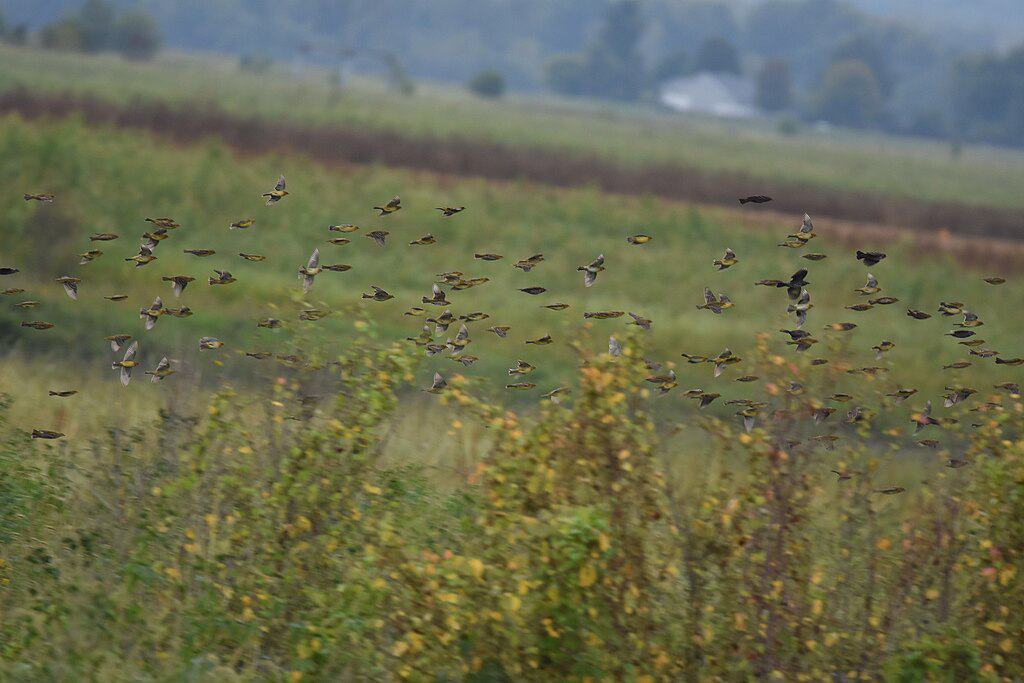
Makes a remarkable journey from North to South America, covering distances up to 12,500 miles annually.
Thanks for reading 45 Incredible Migrations of North American Wildlife. Read more stories for US Animals today or about these 15 Fascinating & Weird Animals in the Amazon Rainforest.
Join our Forum for free today!

- Surprise Hippo Attack on Three Lions - July 21, 2024
- USA’s Best Wildlife Conservation Success Stories - July 14, 2024
- The Incredible Bird with Sunflower Eyes - July 13, 2024

